Posts Tagged: common loon
Loon Chicks at Five and Six Weeks
Two of our loon families chicks are now six weeks old, the other family’s chick is five weeks. Let’s check in to see how they’re doing, as well as seeing what a few other critters are up to.
I’m going to miss posing next week, I’ll be down at the League of New Hampshire Craftsmen’s Fair in Sunapee. I’ll have lots of new prints and cards, I’m in booth 725, stop by and say hello.
And, yes, yes that bee hovering above the swallow from my last post did survive to buzz another day. Apparently, I should have added that to the caption…. Surprising how many people were concerned for the bee…
The Weston’s remaining chick (on the western pond I’m watching) is doing well. There was an intruder in the neighborhood again, the parents were alerted and searching for him. I didn’t see any interaction with the intruder and the chick made only brief appearances while mostly hiding in the brush. There were a few other animals around.
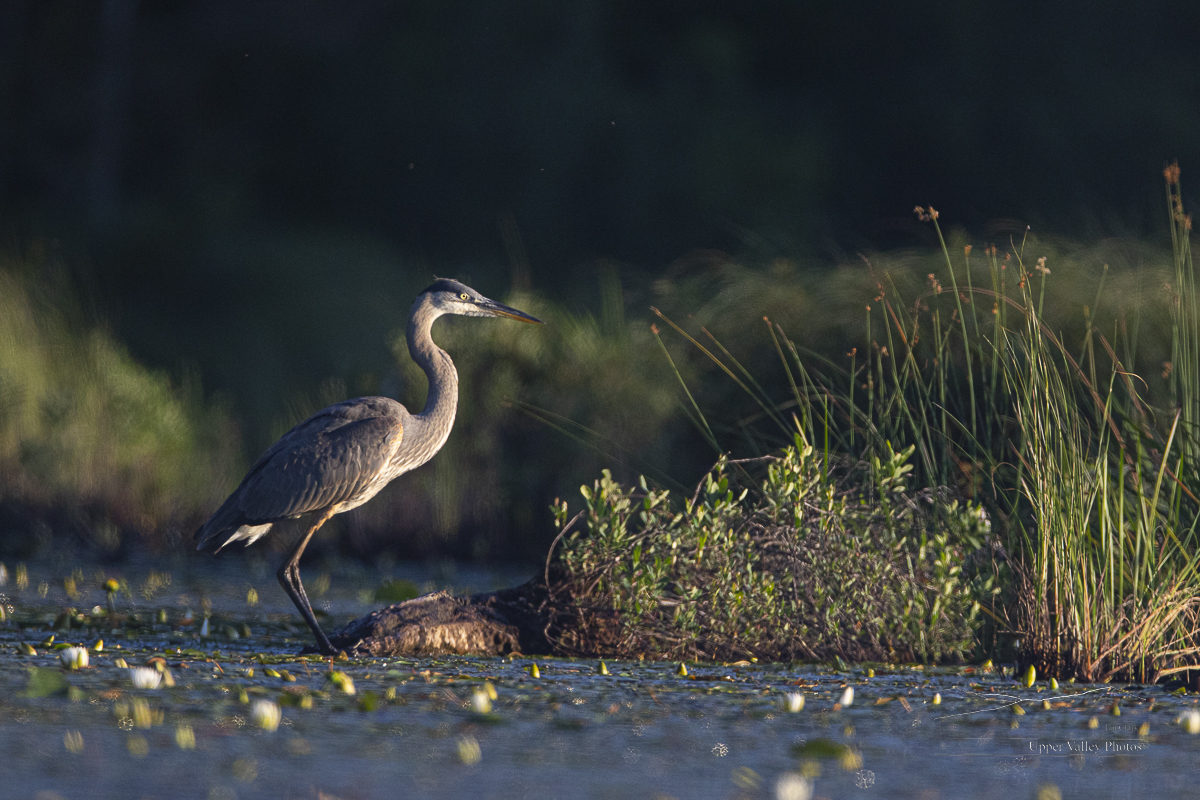
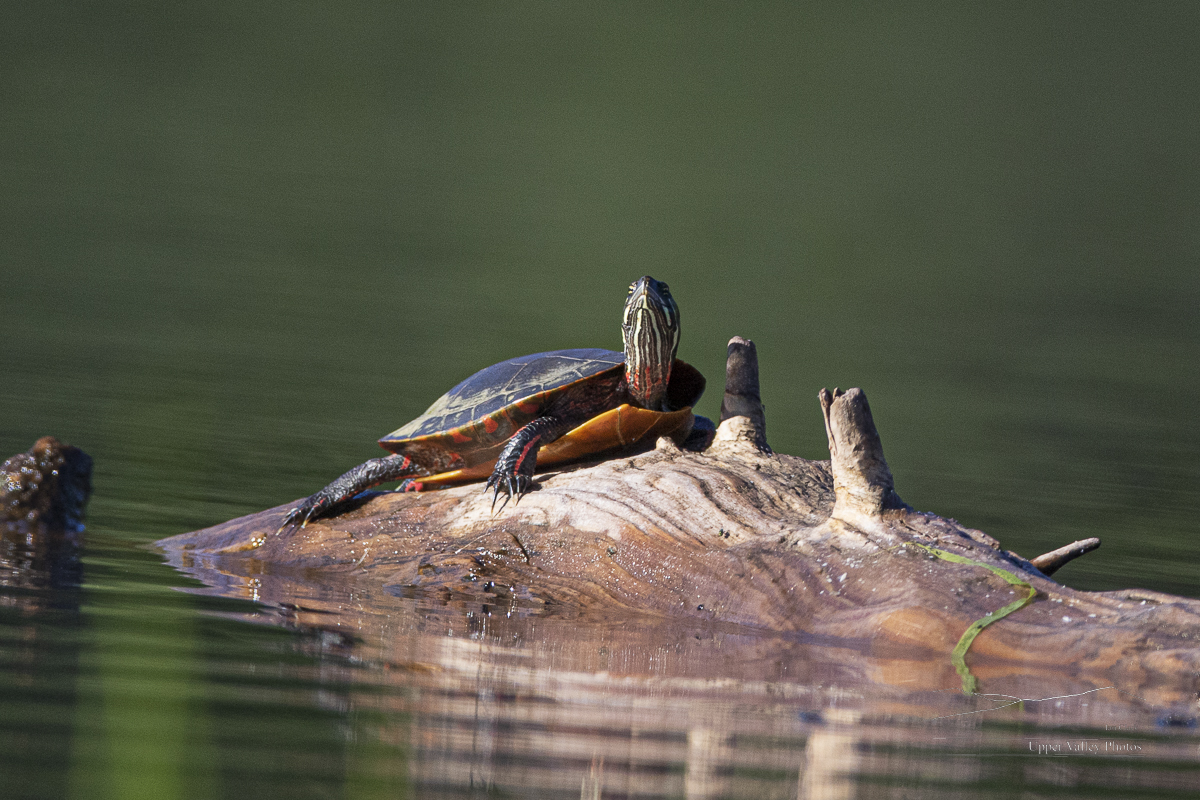
I made three visits to the Eastons before getting good conditions for photography. The first two mornings were peaceful, this morning they faced an intruder.
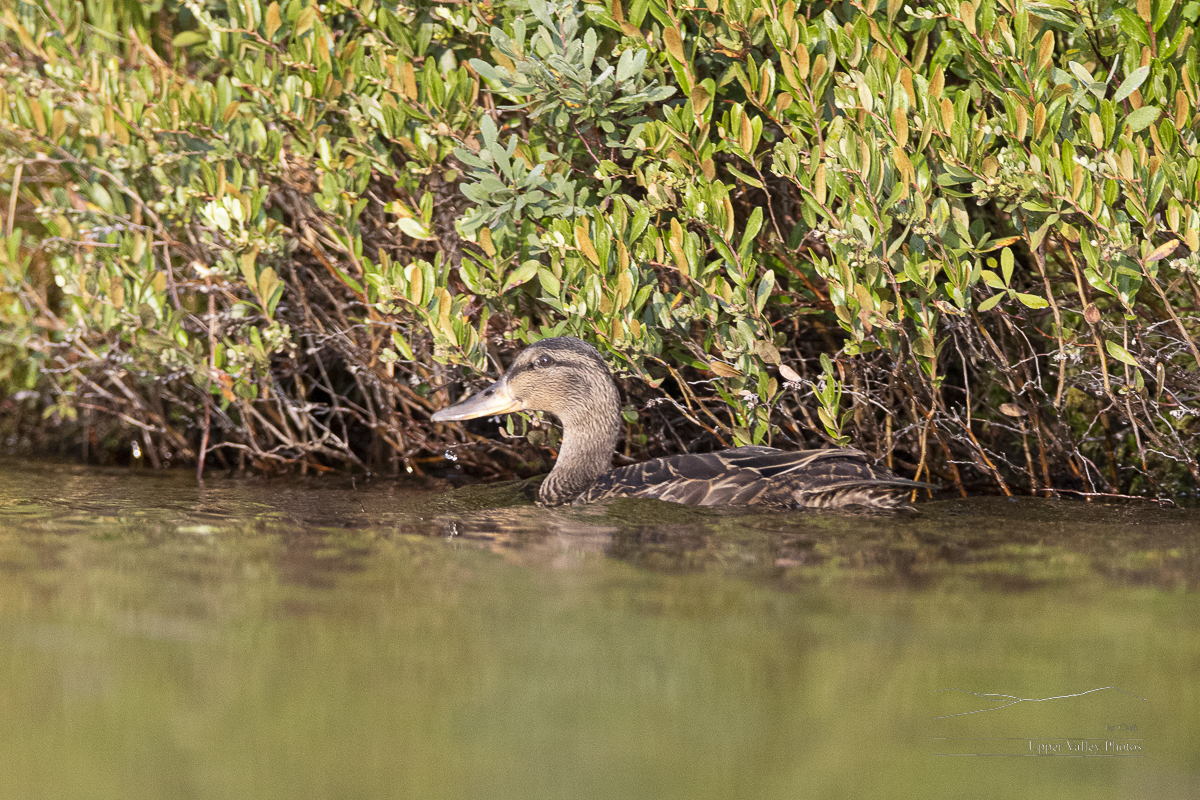
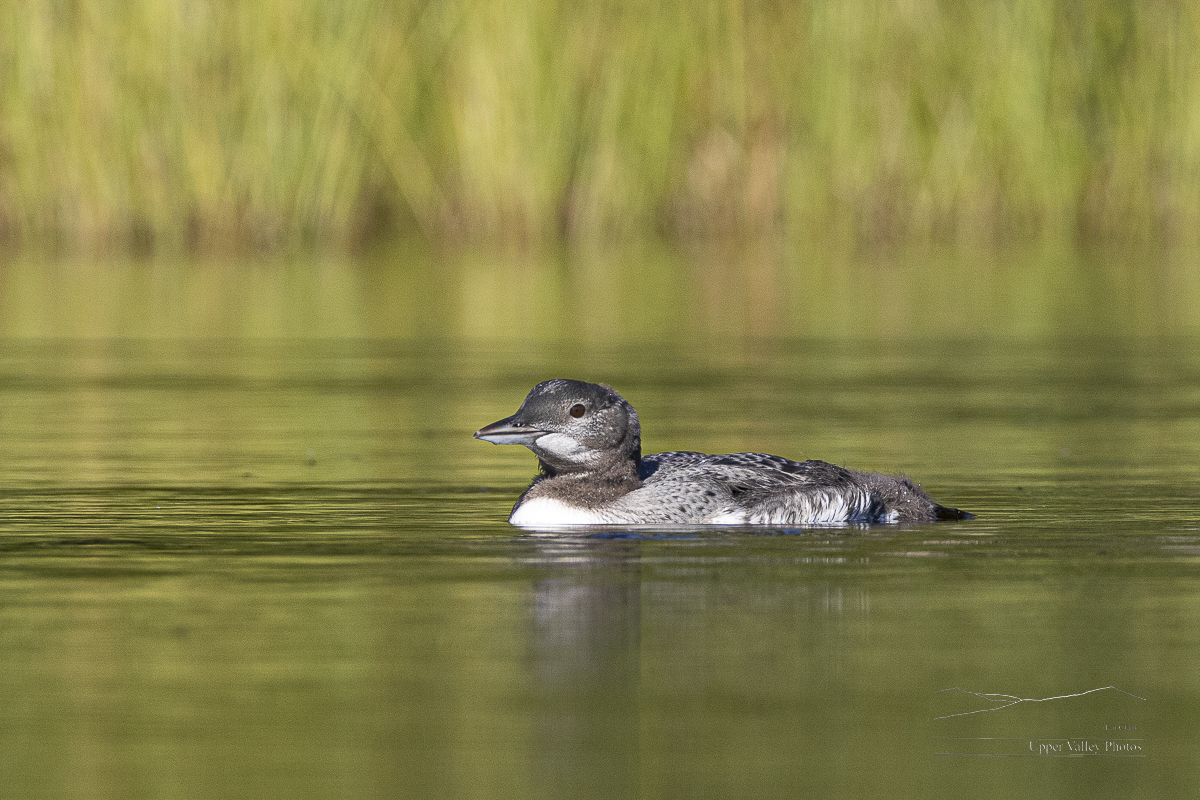
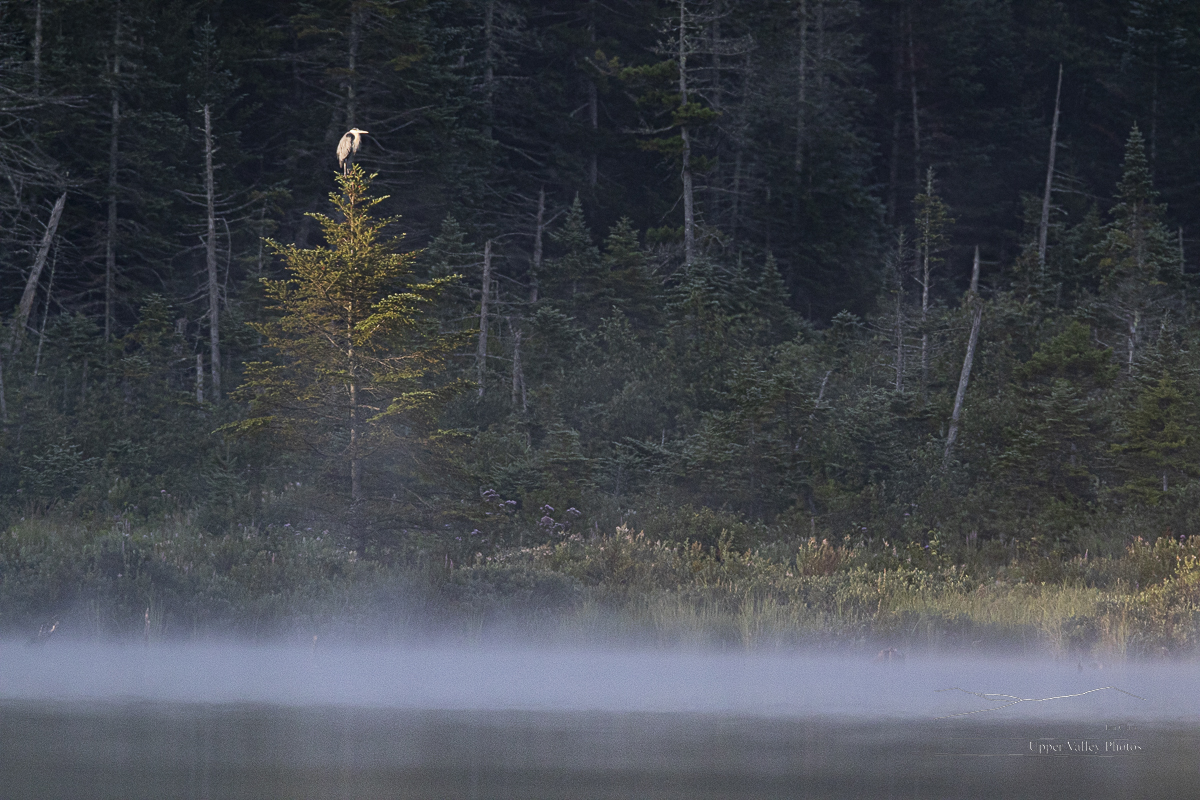
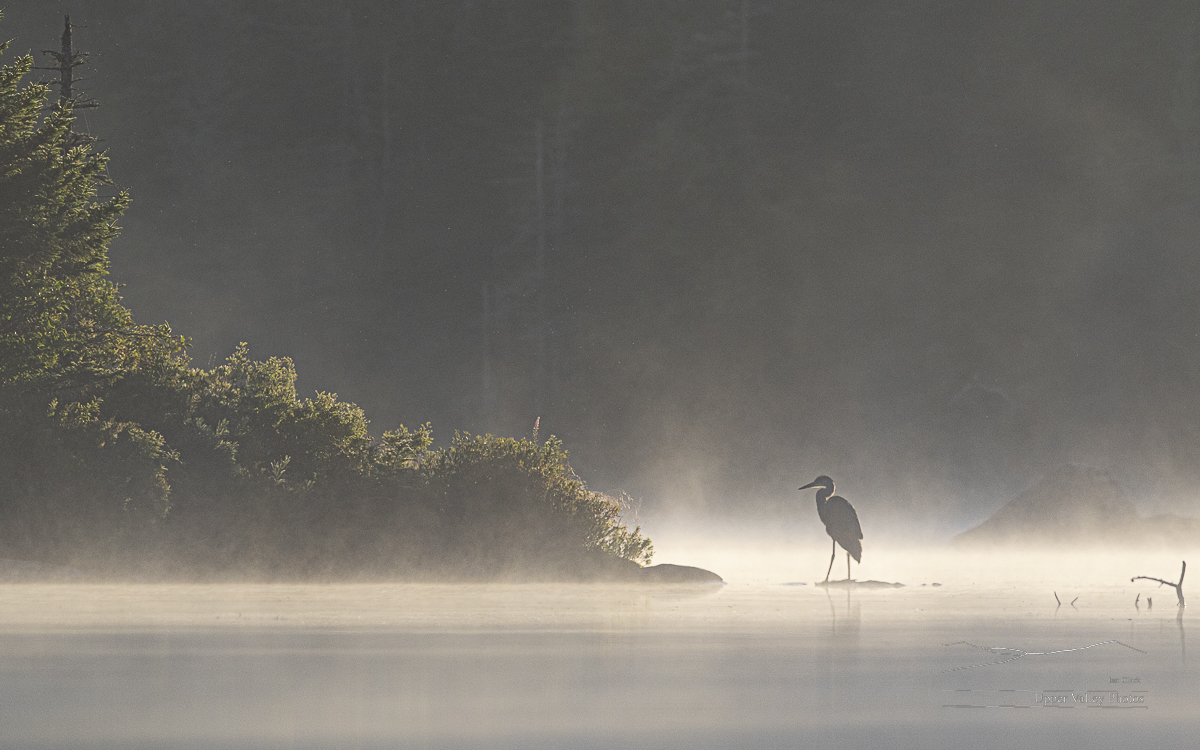

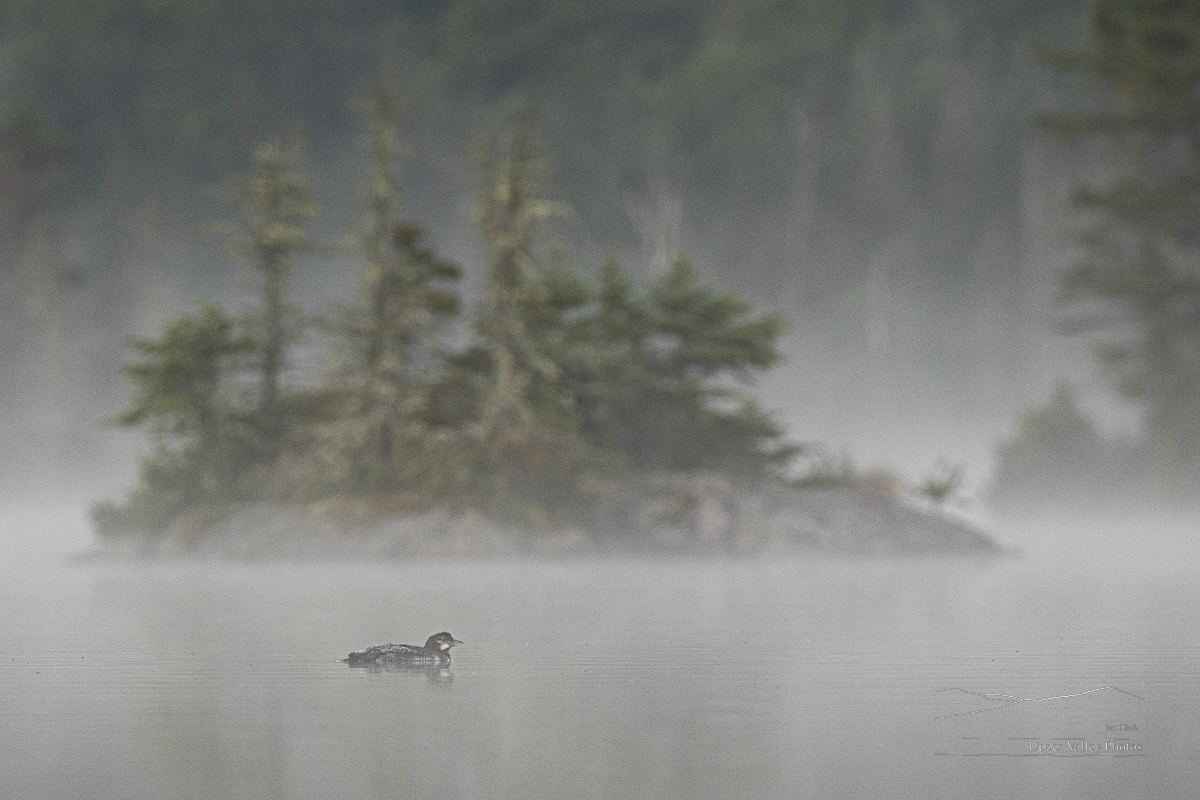
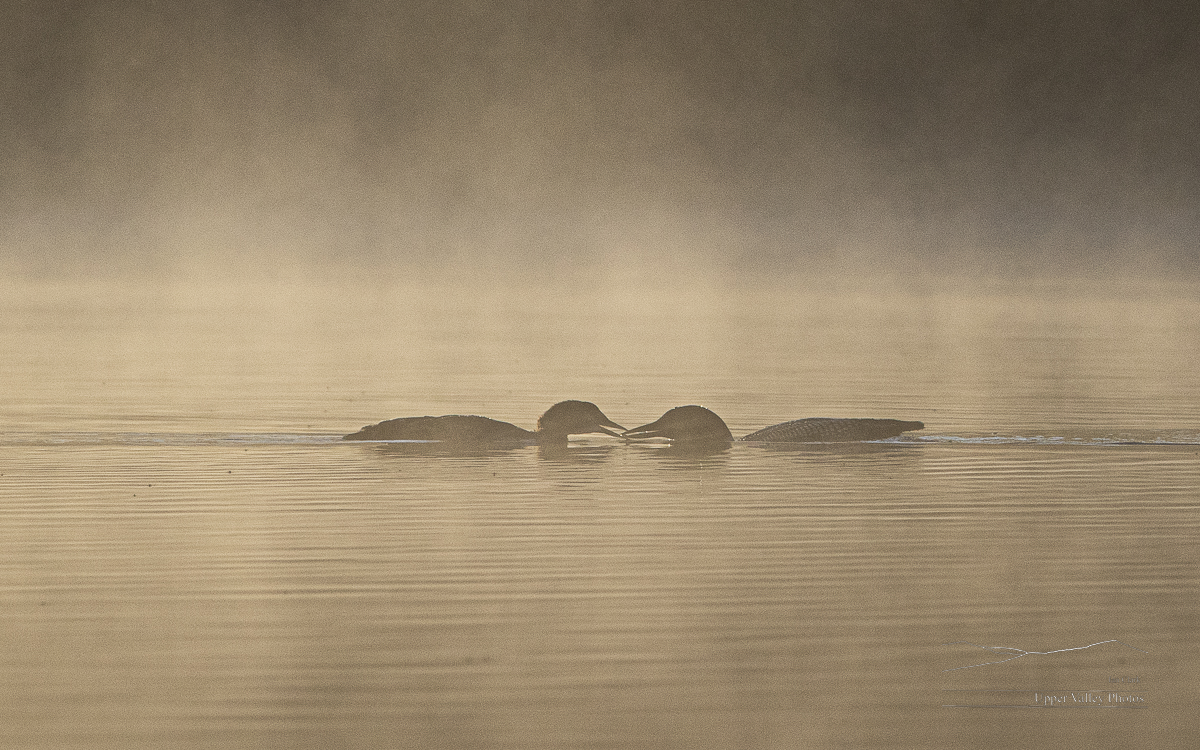
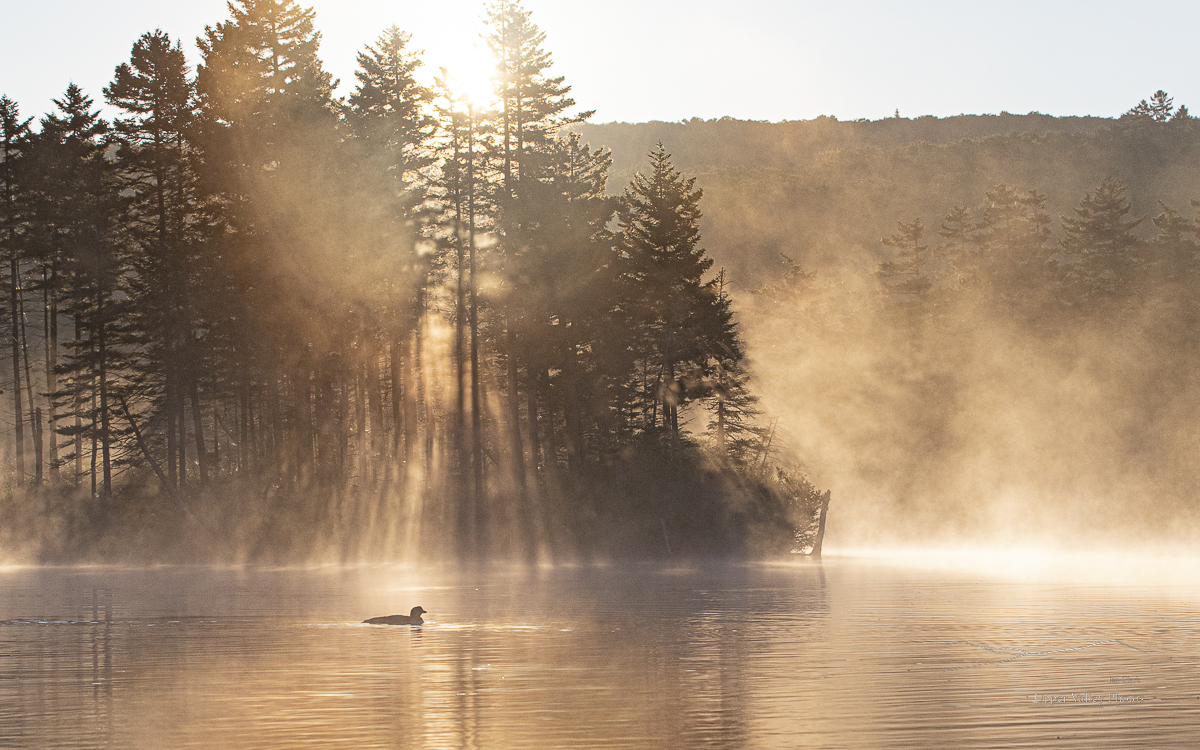
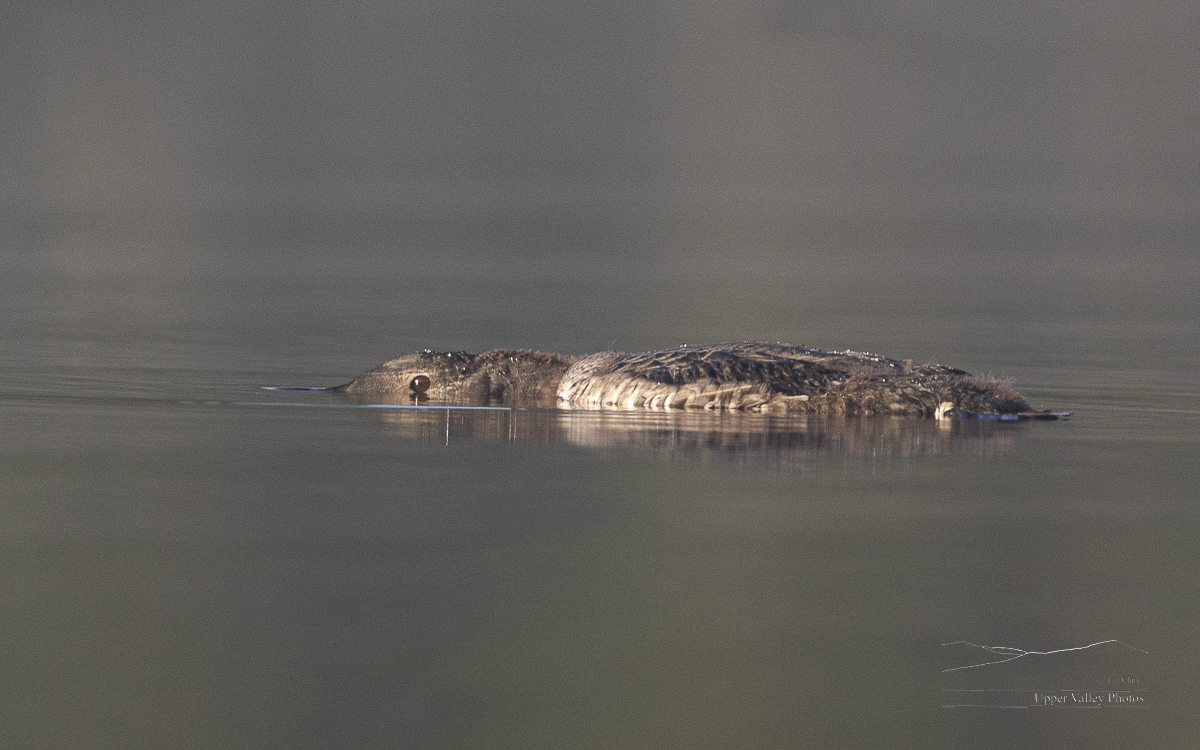
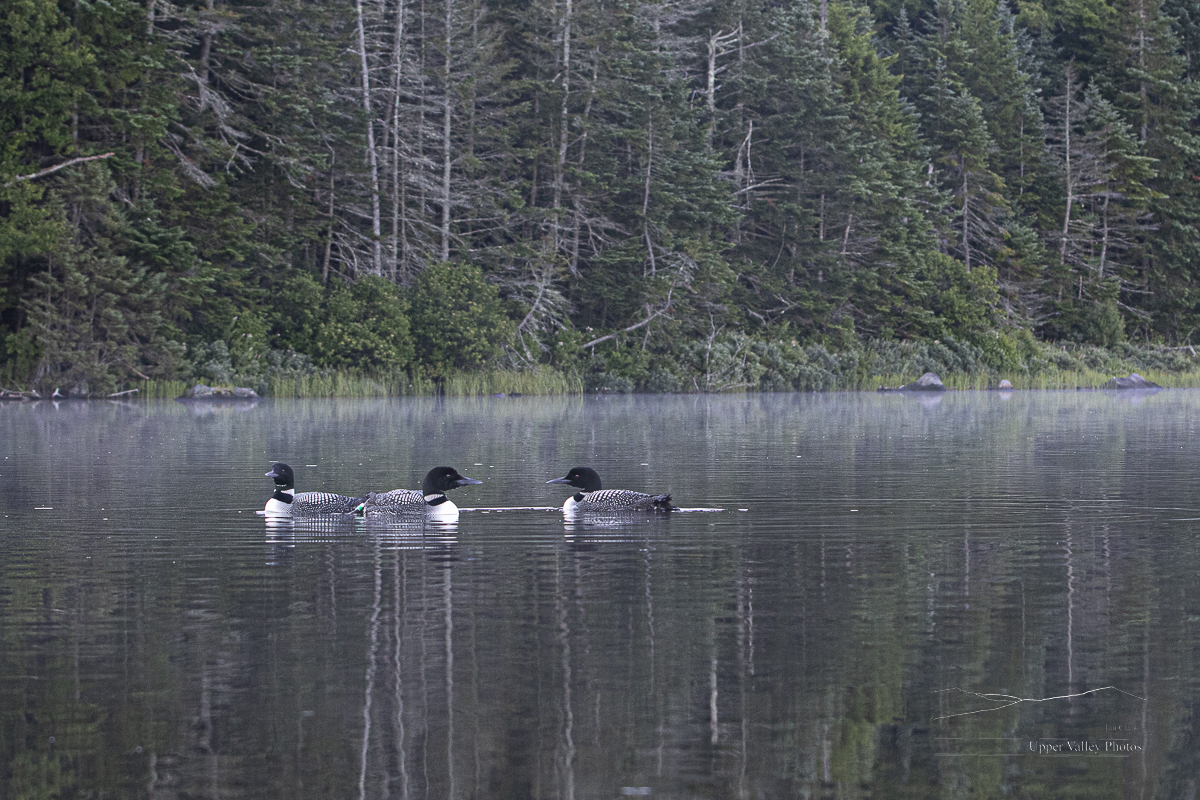
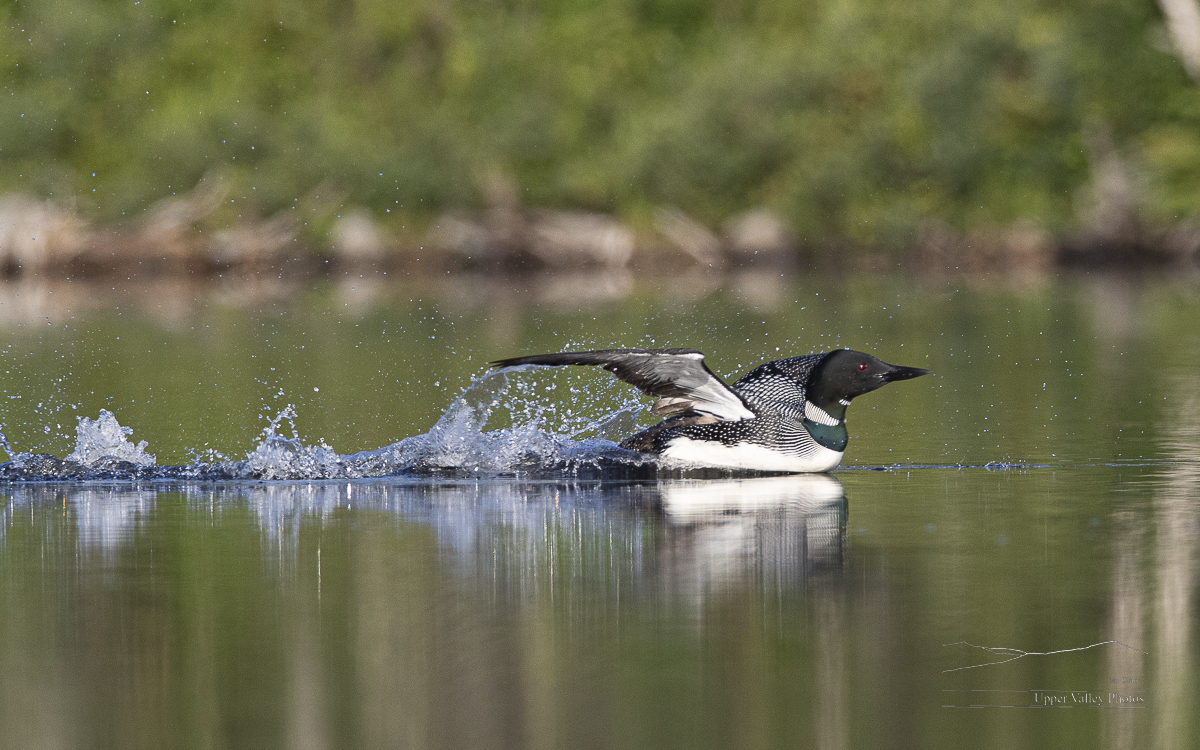
“


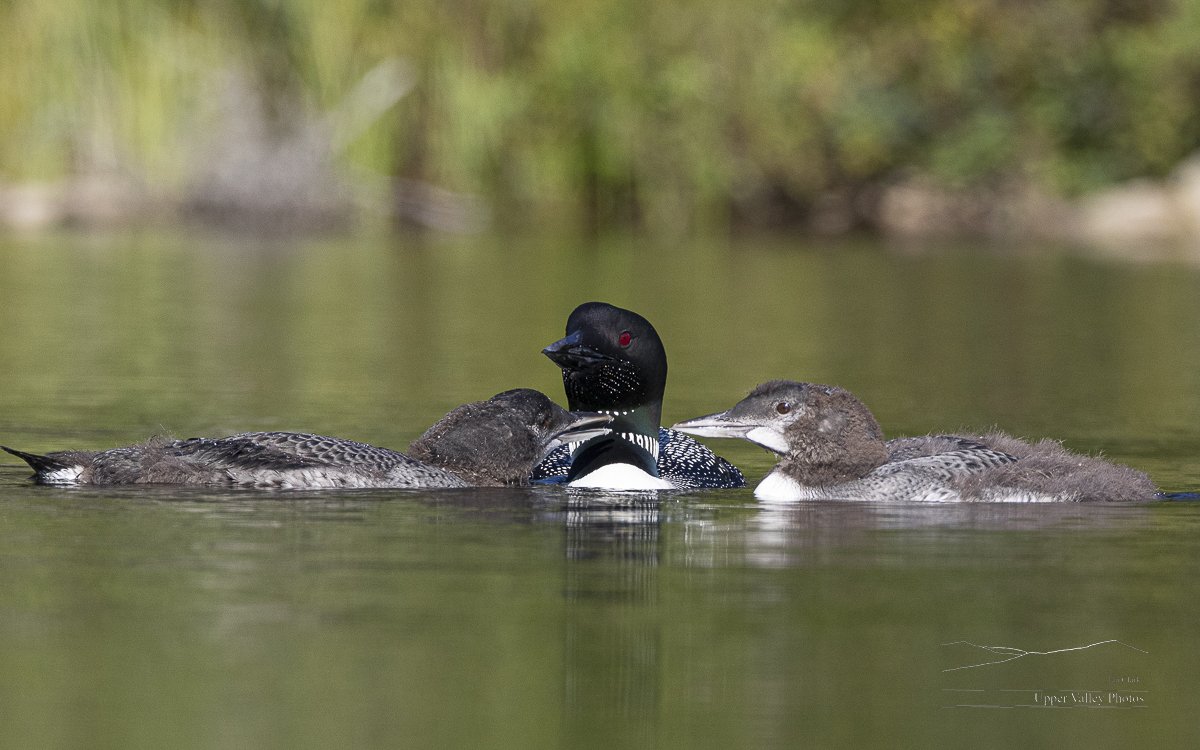
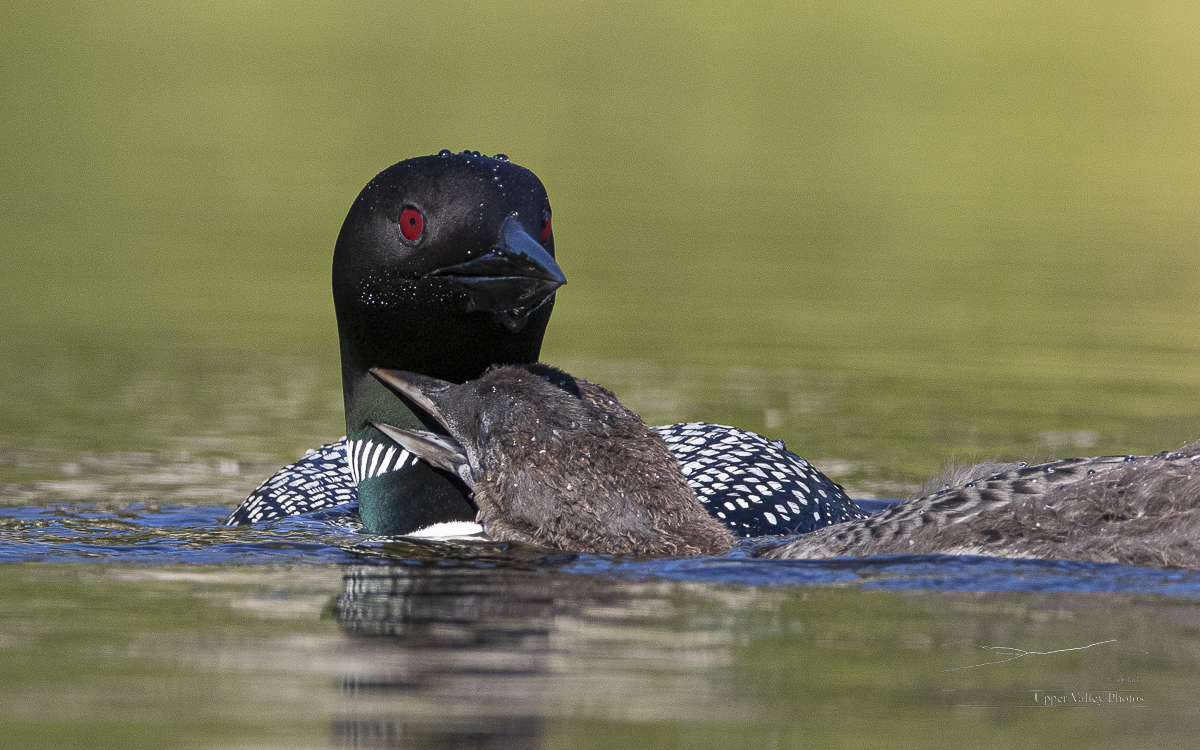

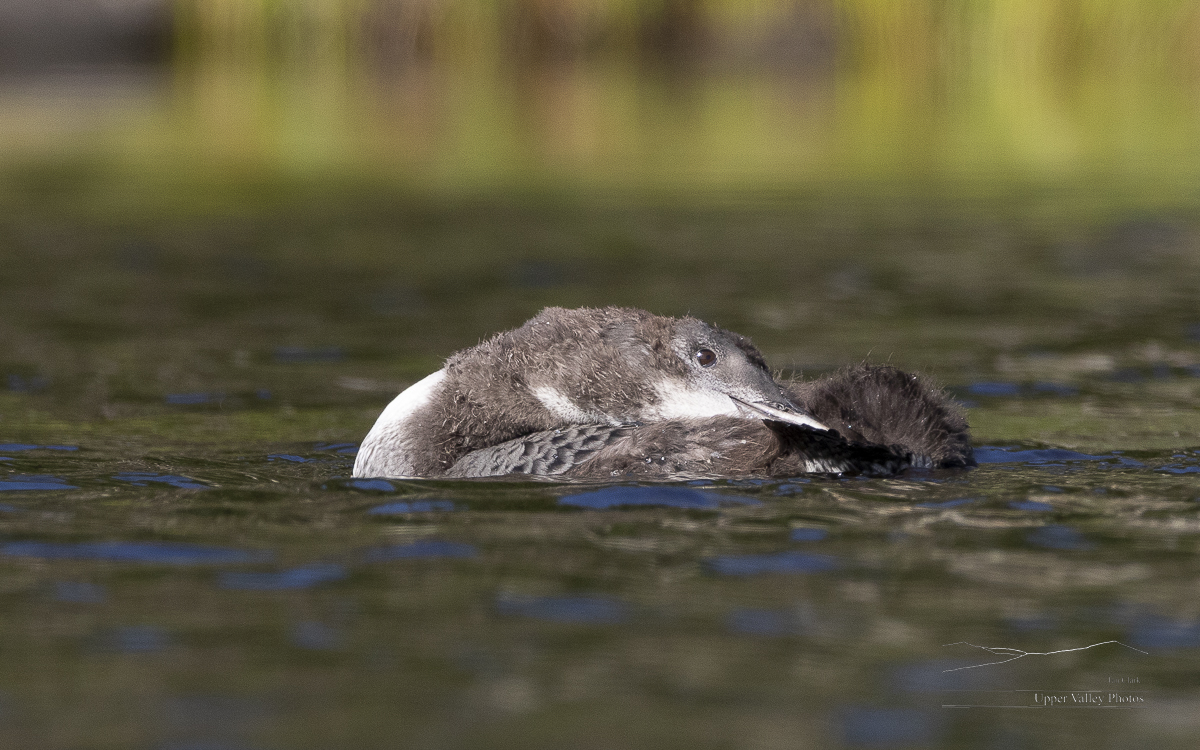
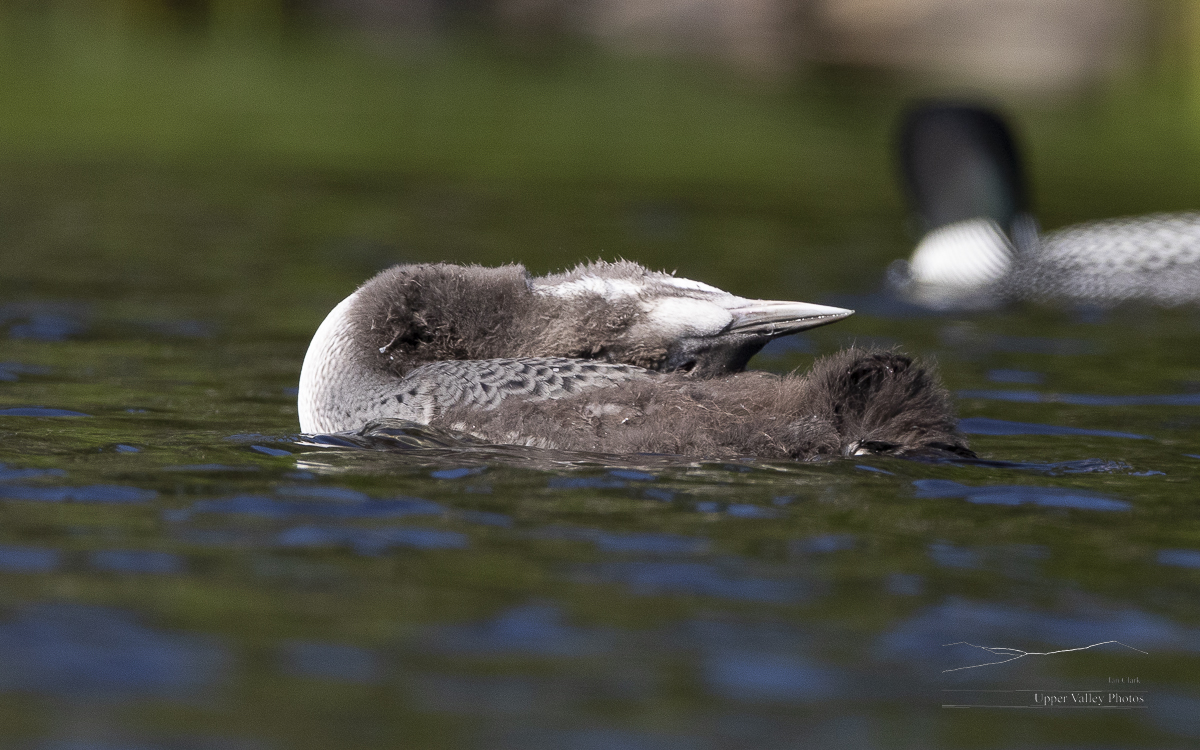
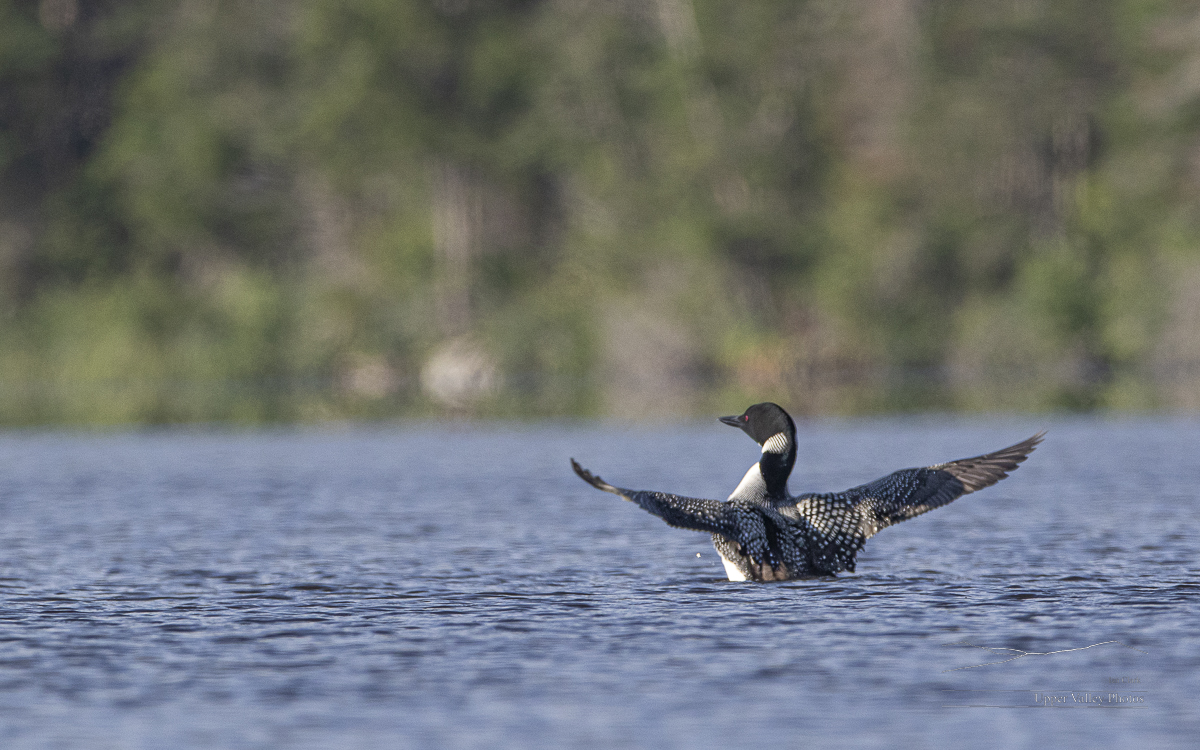
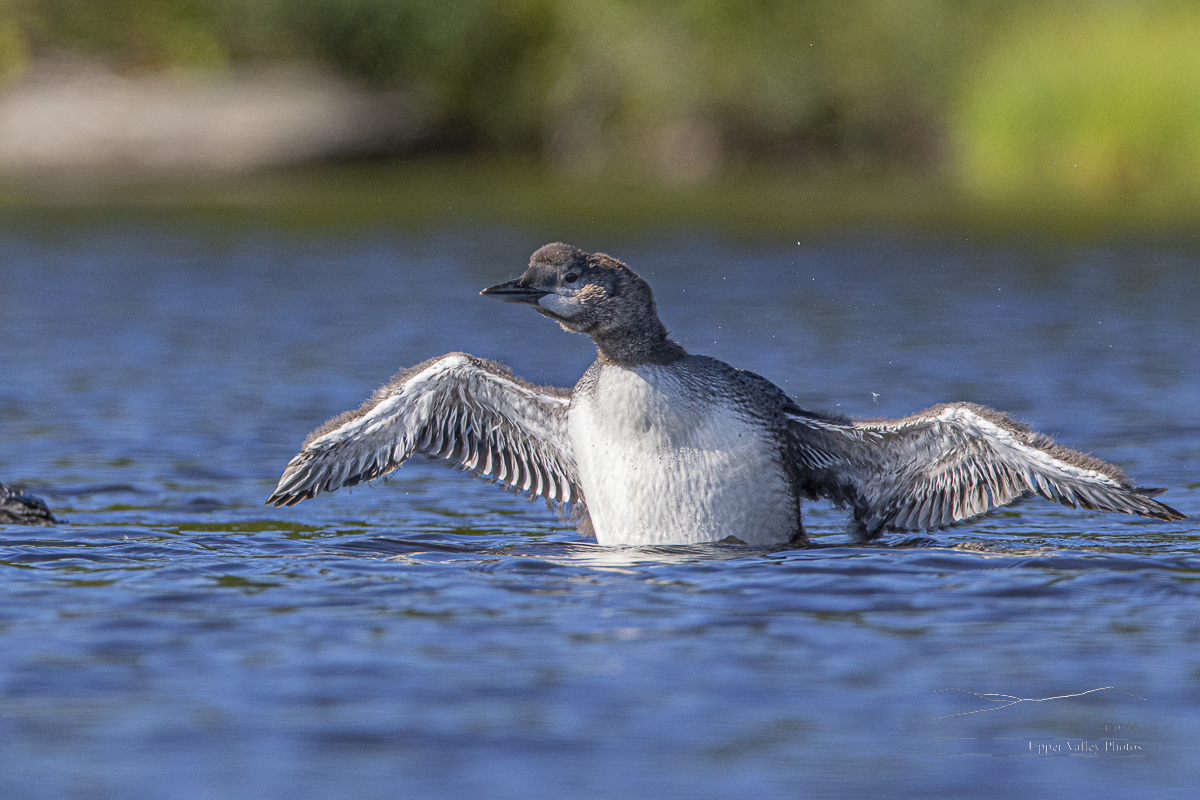
The intruder stayed at the far end of the pond for the remainder of the time I was on the pond. I’m looking forward to getting back up to visit them again.
If you like my posts, please feel free to share them on your social media with the really annoying buttons on the left (they shouldn’t be showing up on mobile devices).
Loon Chicks At Four And Five Weeks
The loon chicks to my east are five weeks old this weekend. All four on both ponds, the ‘Eastons’ and the ‘Middletons,’ seem to be doing well. The pond to my west, the ‘Westons,’ has sad news, the parents have lost a chick.
Our bluebirds’ second brood is ready to fledge. Wednesday afternoon the adults started calling to the chicks to leave the box. Thursday they were more insistent. Friday they sounded impatient. Saturday morning, two of the four chicks left the box. This morning their are still two chicks in the box. Mom and dad have stopped calling, they’re busy feeding the two that fledged. The two in the box are looking out the door, trying to get up the courage to make the leap.
The League of New Hampshire Craftsmen’s Fair is August 6-15, I’ll be there with lots of wildlife prints, cards and more. Other images are available through my web site, www.IanClark.com. It takes me some time between capturing an image and getting prints made. If you see a photo that you’d like in one of my posts, send me an email and I’ll bump that image to the head of the queue.
The Weston family couldn’t be found during last week’s census. They’ve been under pressure from intruding loons all spring. They’re on a small pond, not being found in 90 minutes of searching was worrisome. I love how people watch out for ‘their’ loons, I heard from folks who live or have camps on the pond, worried that they hadn’t seen the loons for a couple days. A couple that live on the pond set out Monday to have another look and found the adults and one chick hidden in a remote part of the pond, a much better outcome than we’d feared. I visited Friday the pond Friday morning.
We’ll never know what happened to the missing chick. There are lots of threats, eagles, otters, coyotes if they get too close to shore and more. The intruding loon is also a likely suspect.
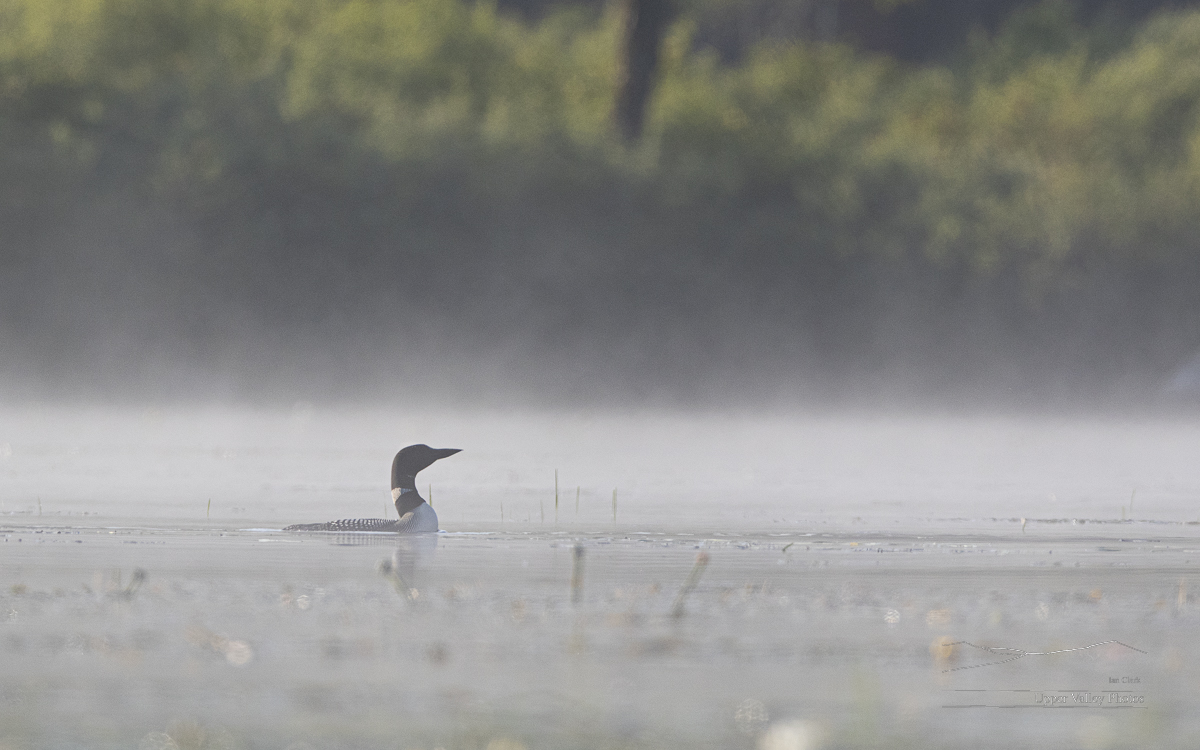

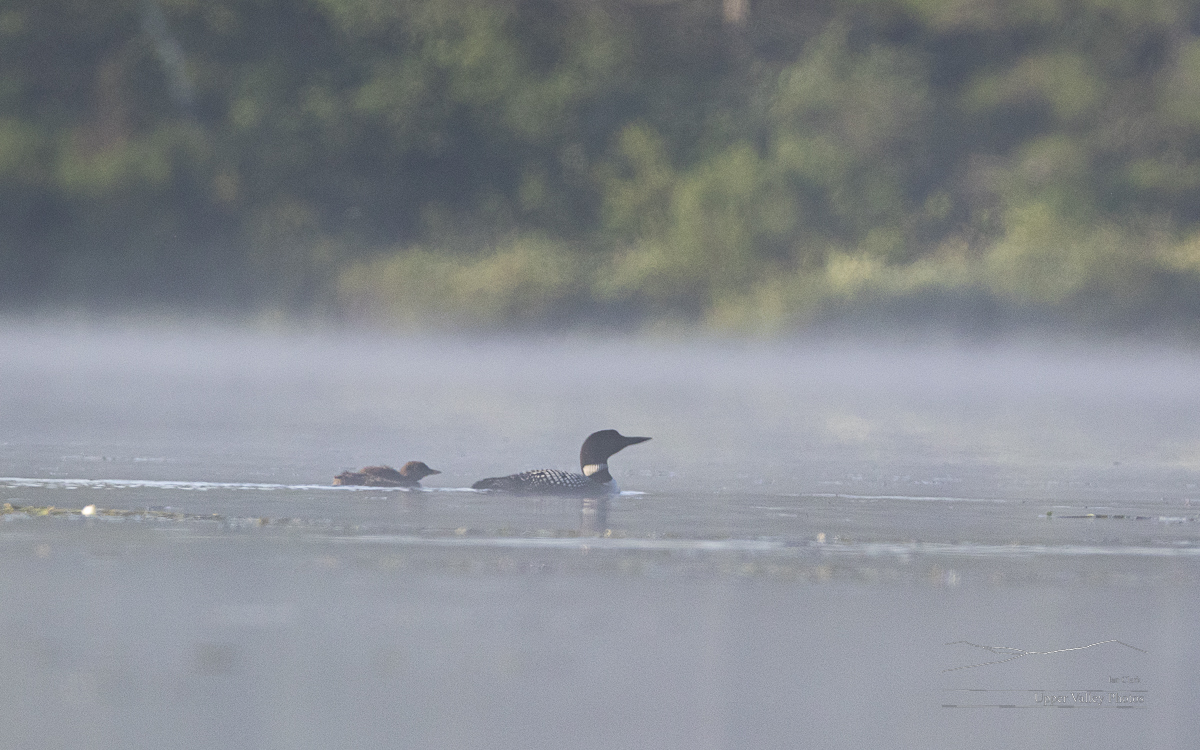
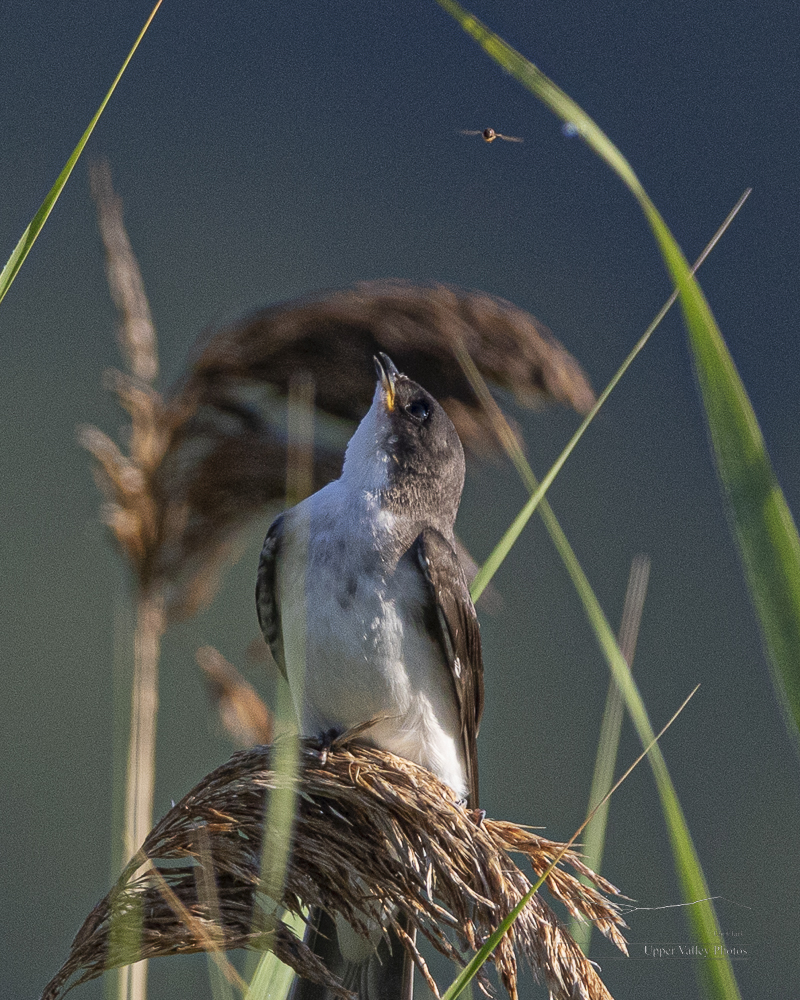
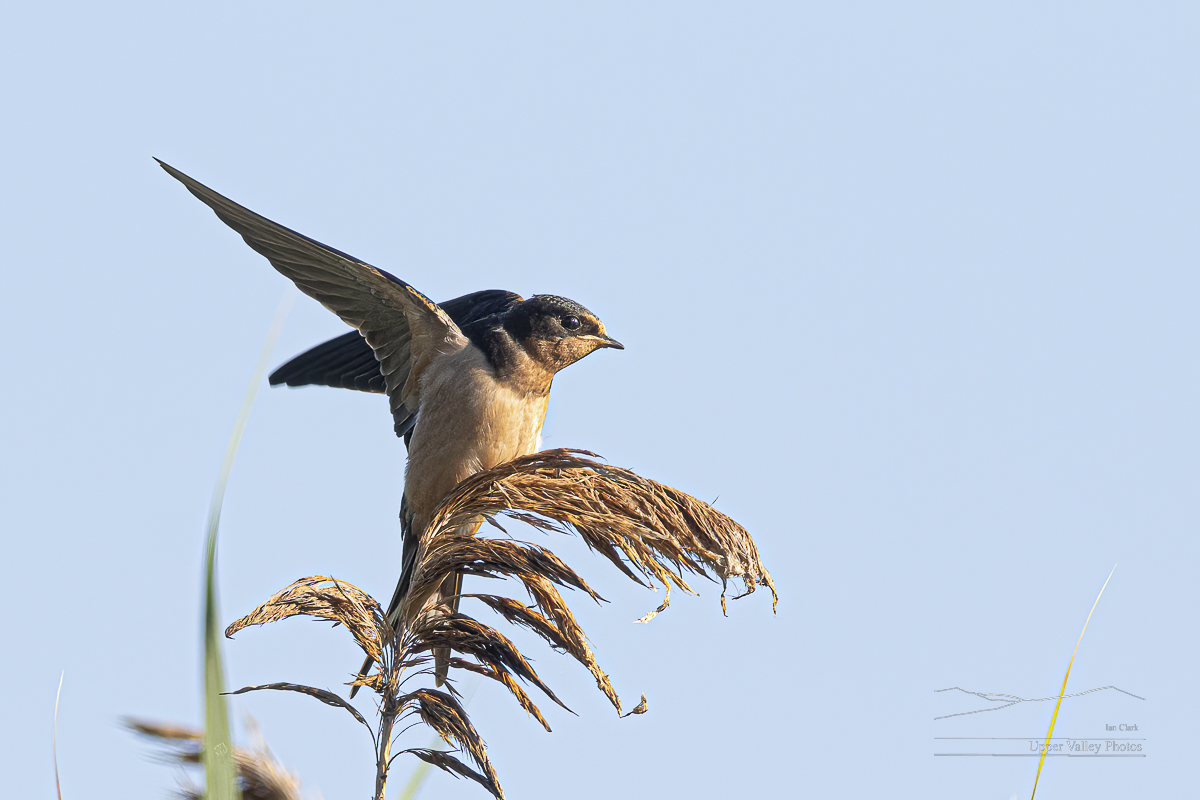
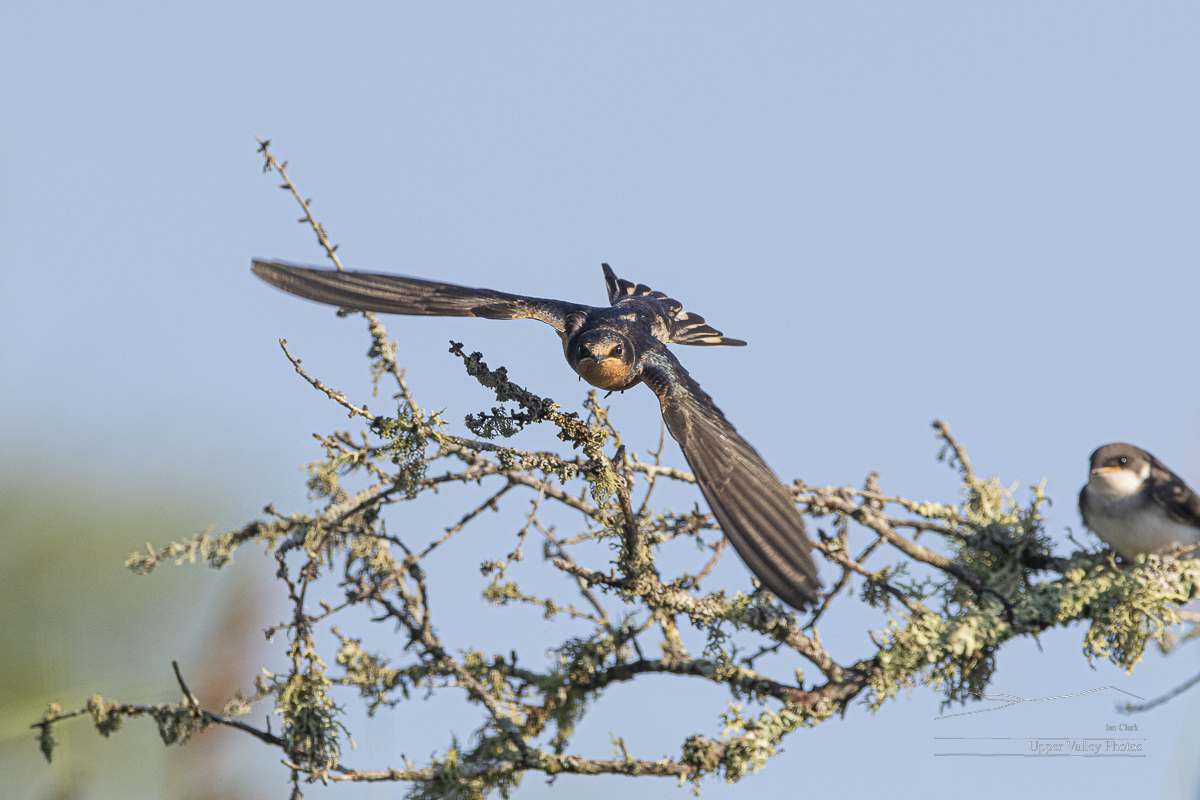
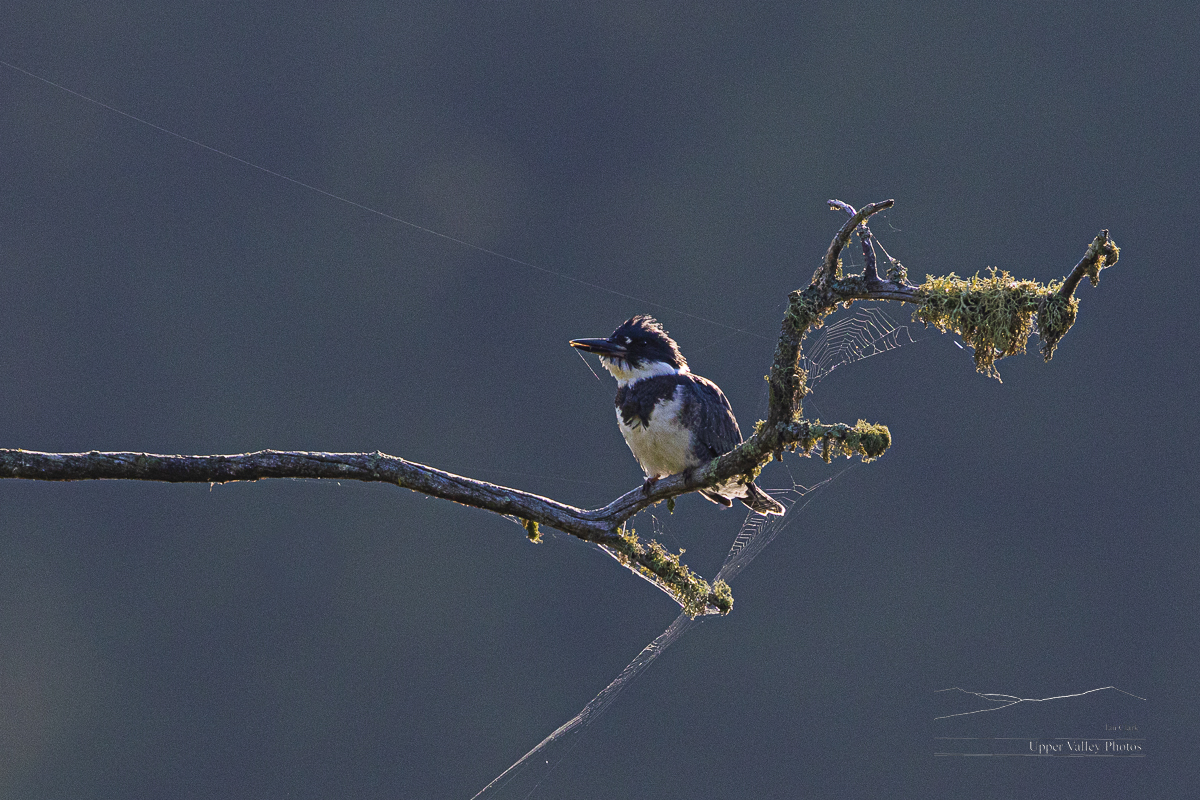
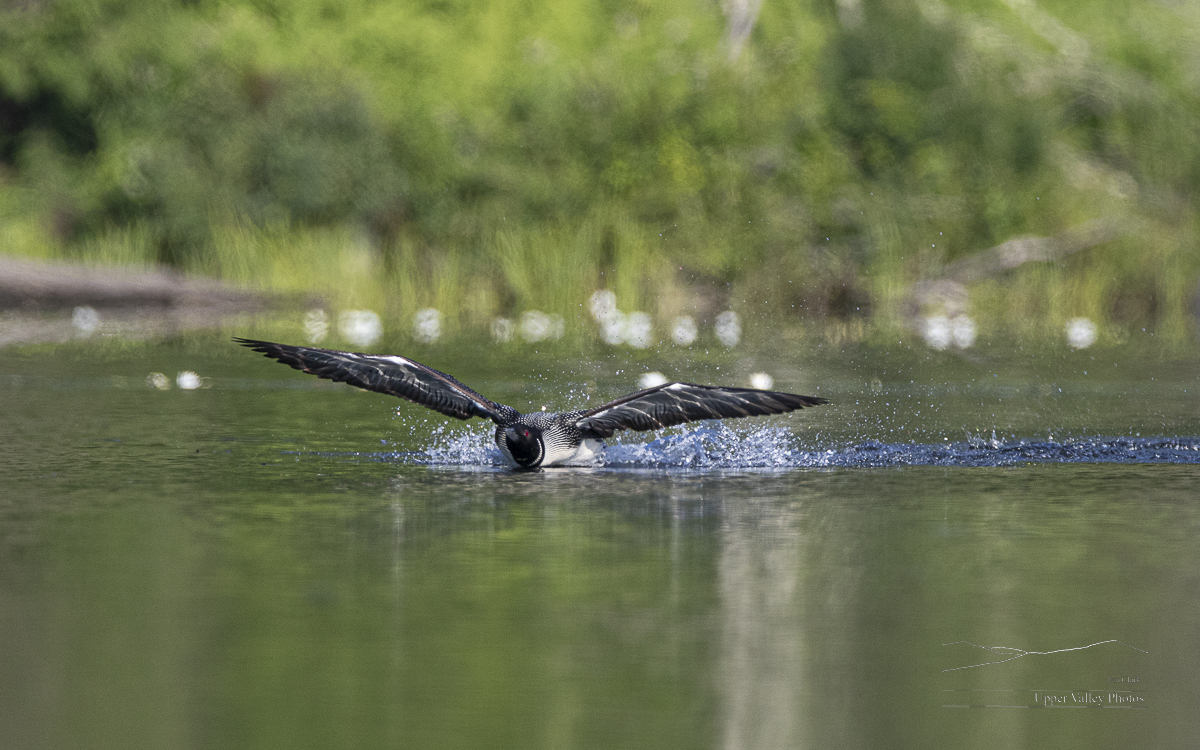
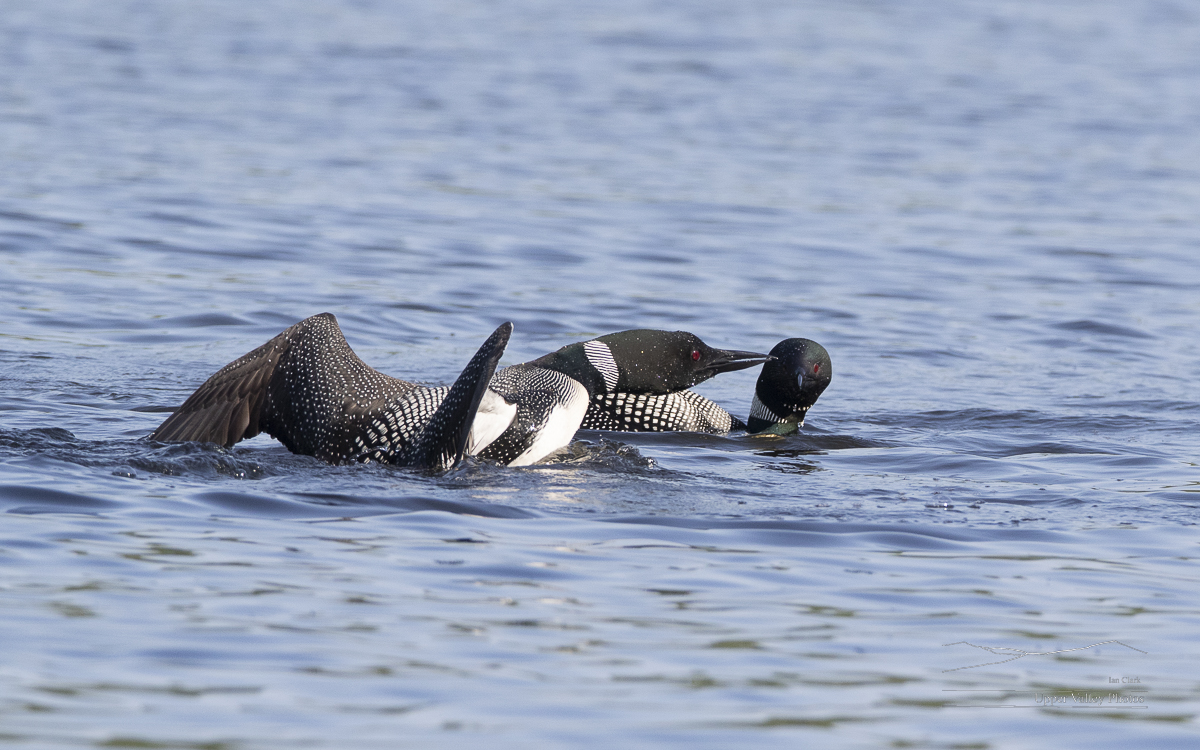

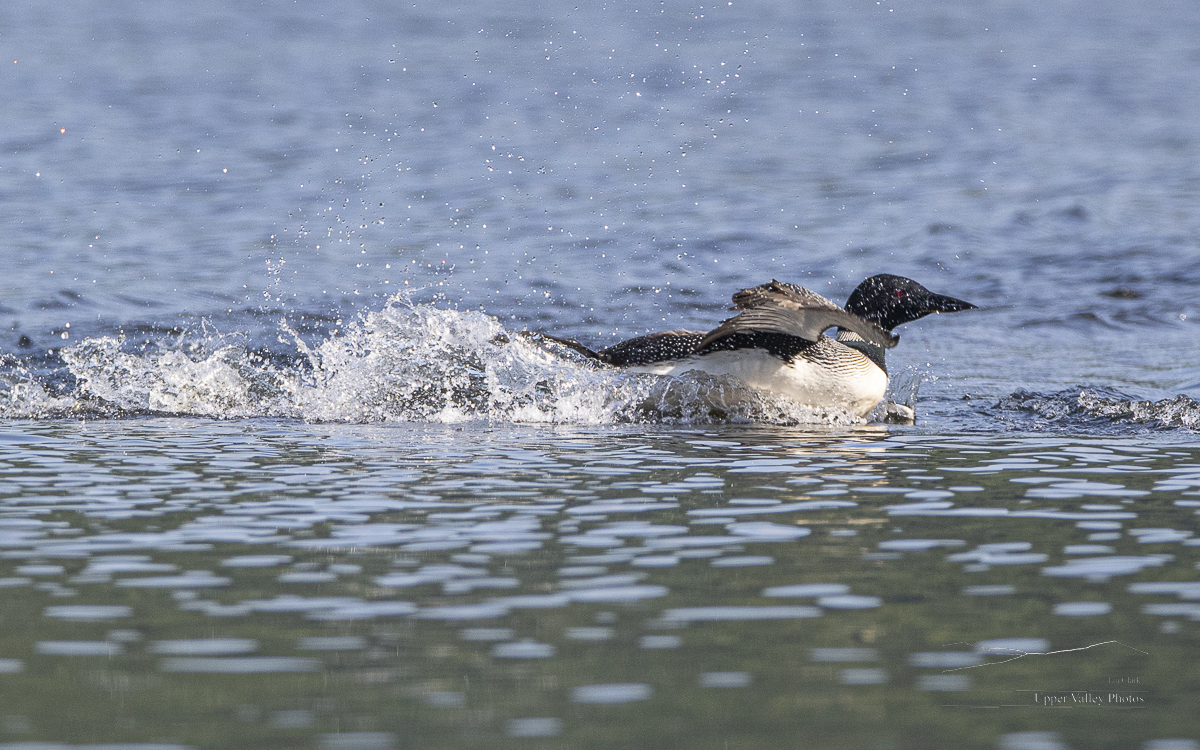
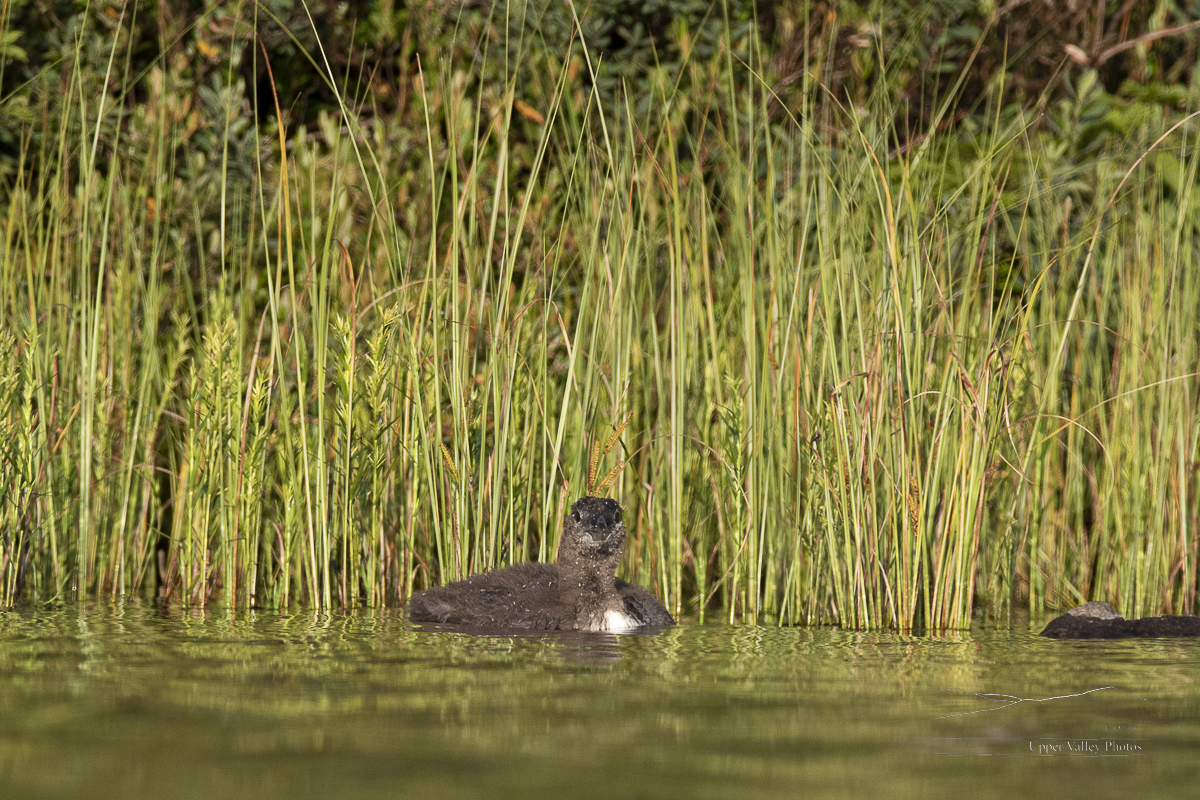
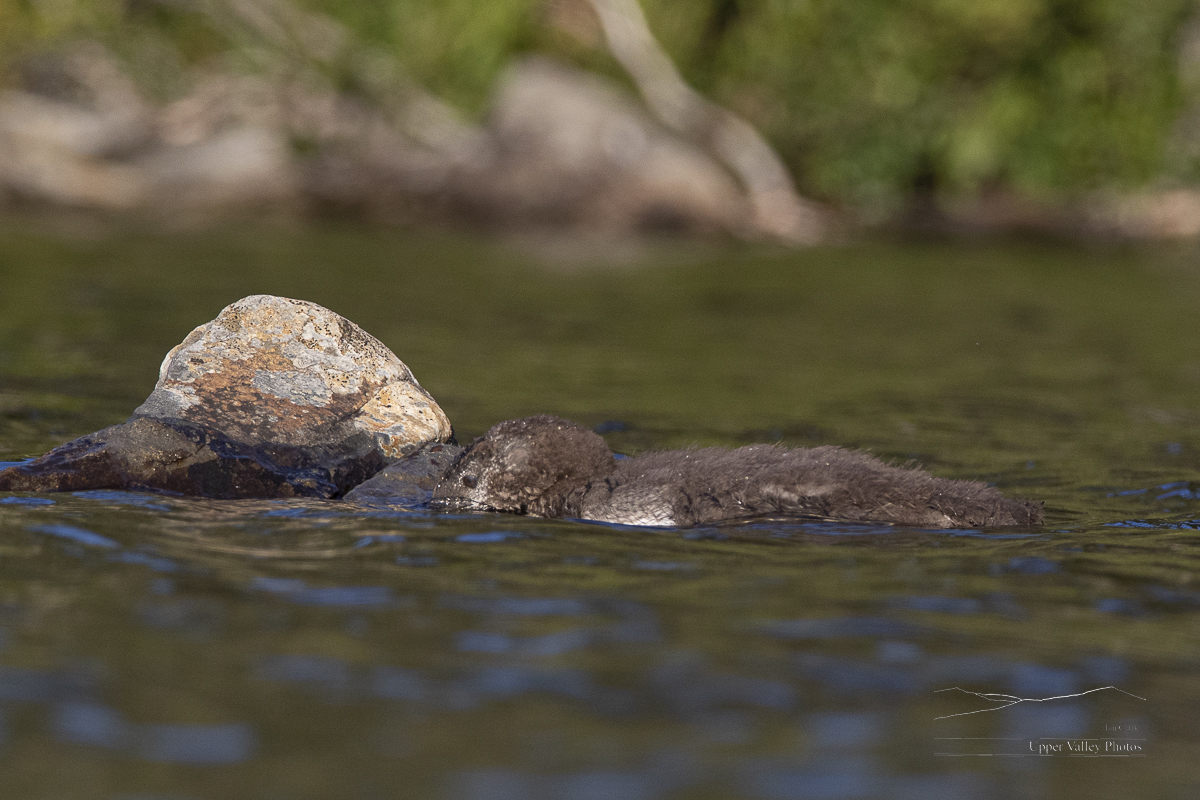


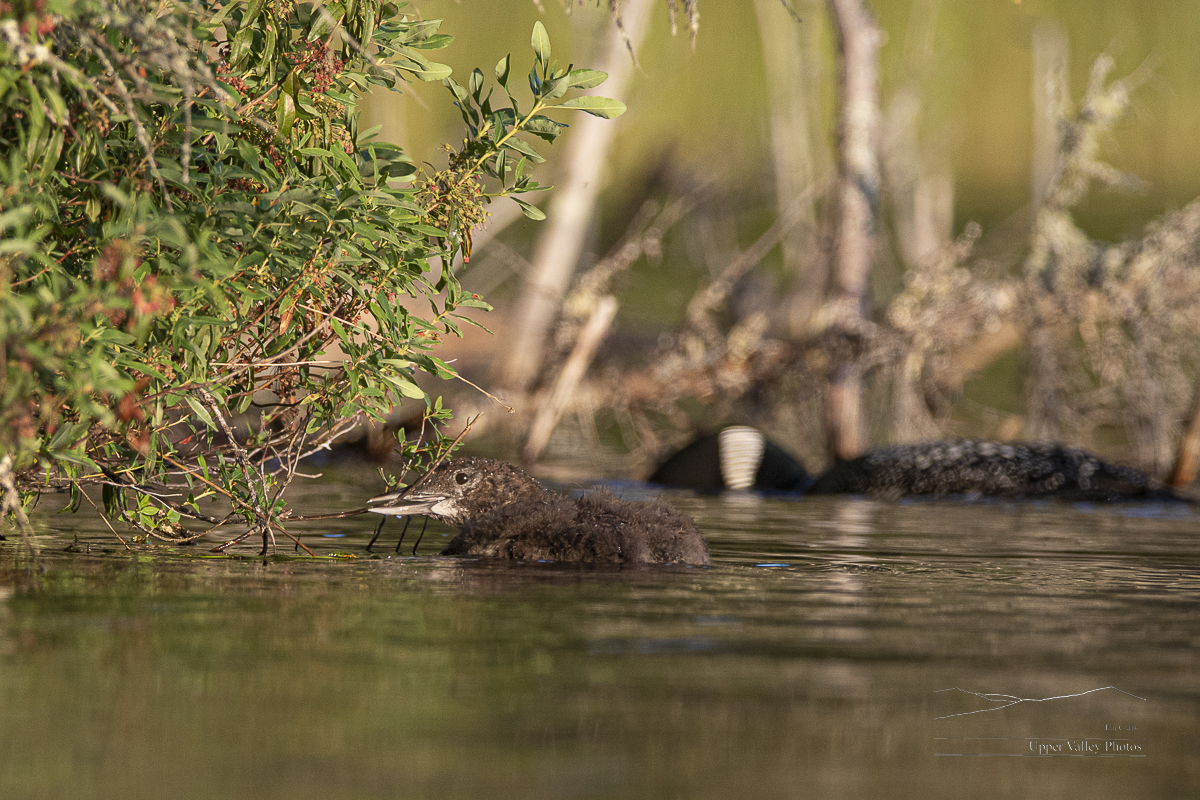

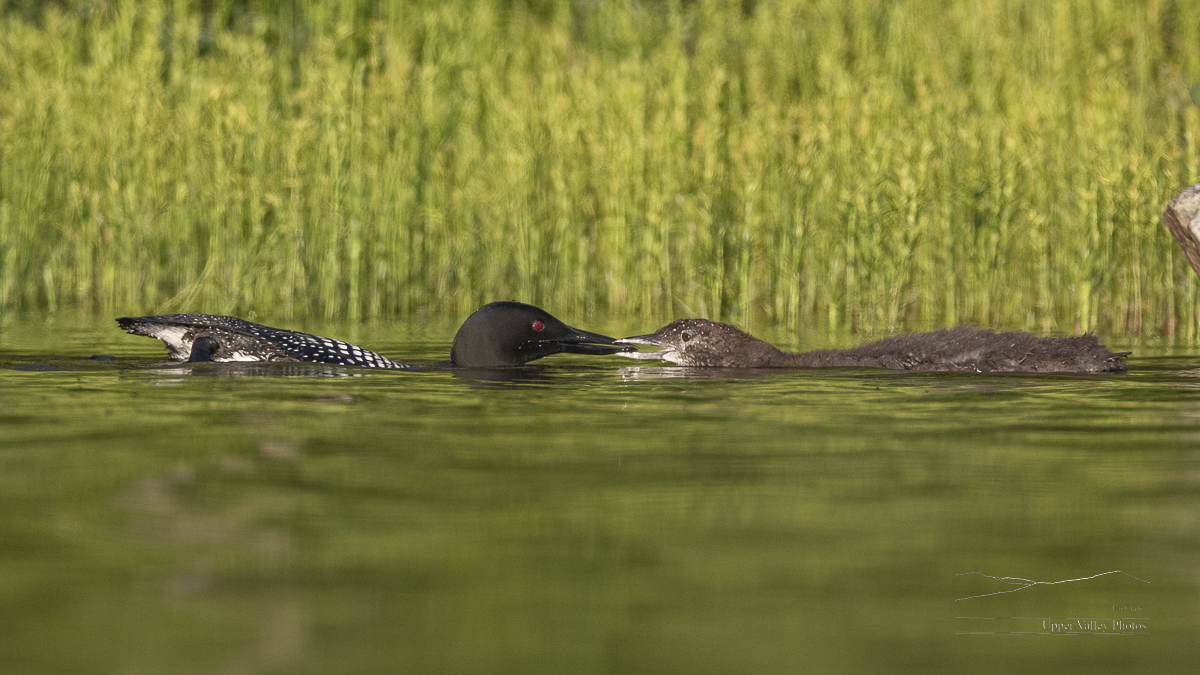
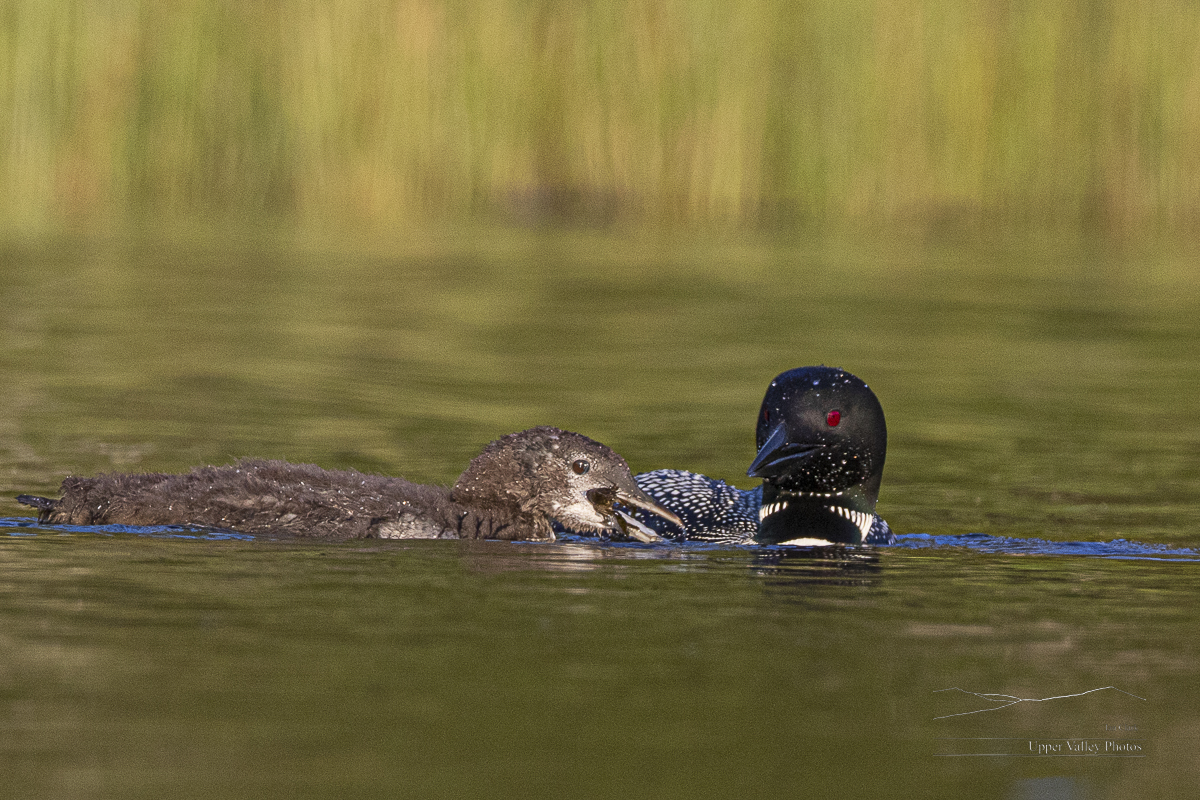
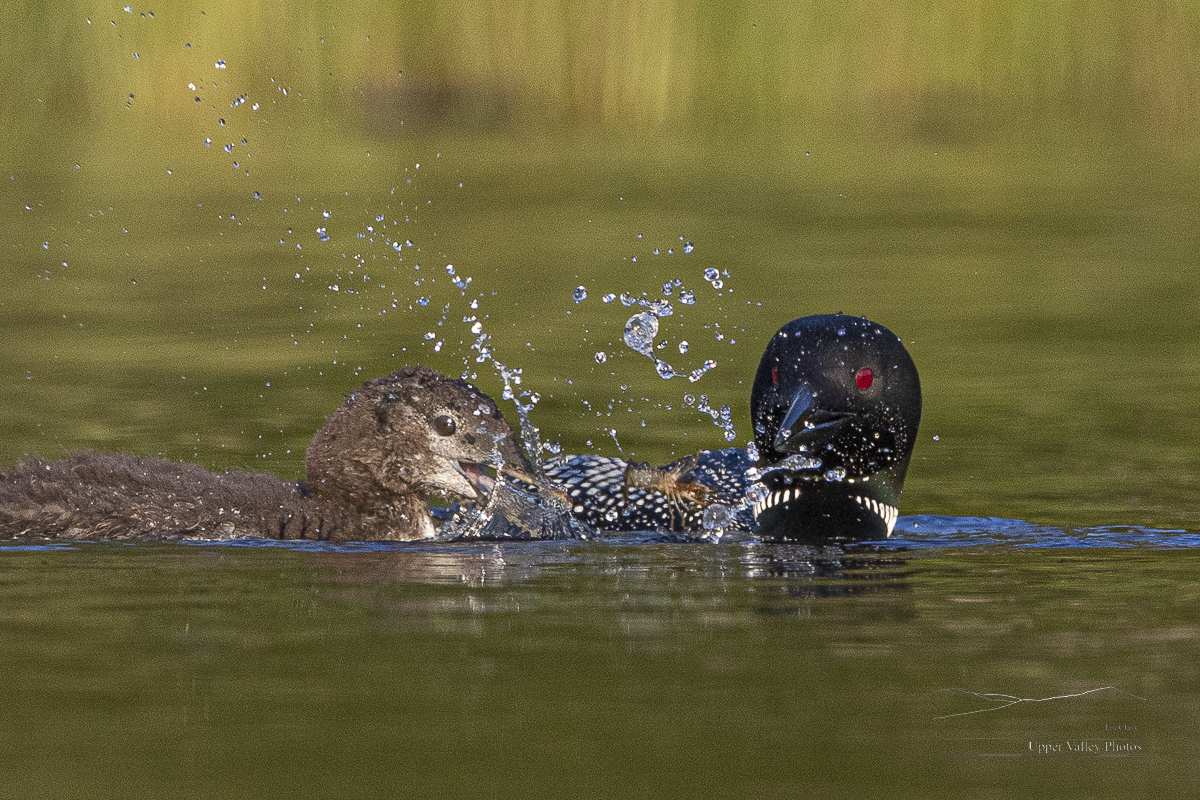

Know someone who might like my blog? Please share it with them or on your social media.
Local Wildlife
Many of the birds around the marsh are nesting, there are lots of parents hauling groceries back their nests, others still sitting on their eggs. The Canada geese have mostly moved on, making the local ponds much quieter places. Let’s see who was out and about this past week.
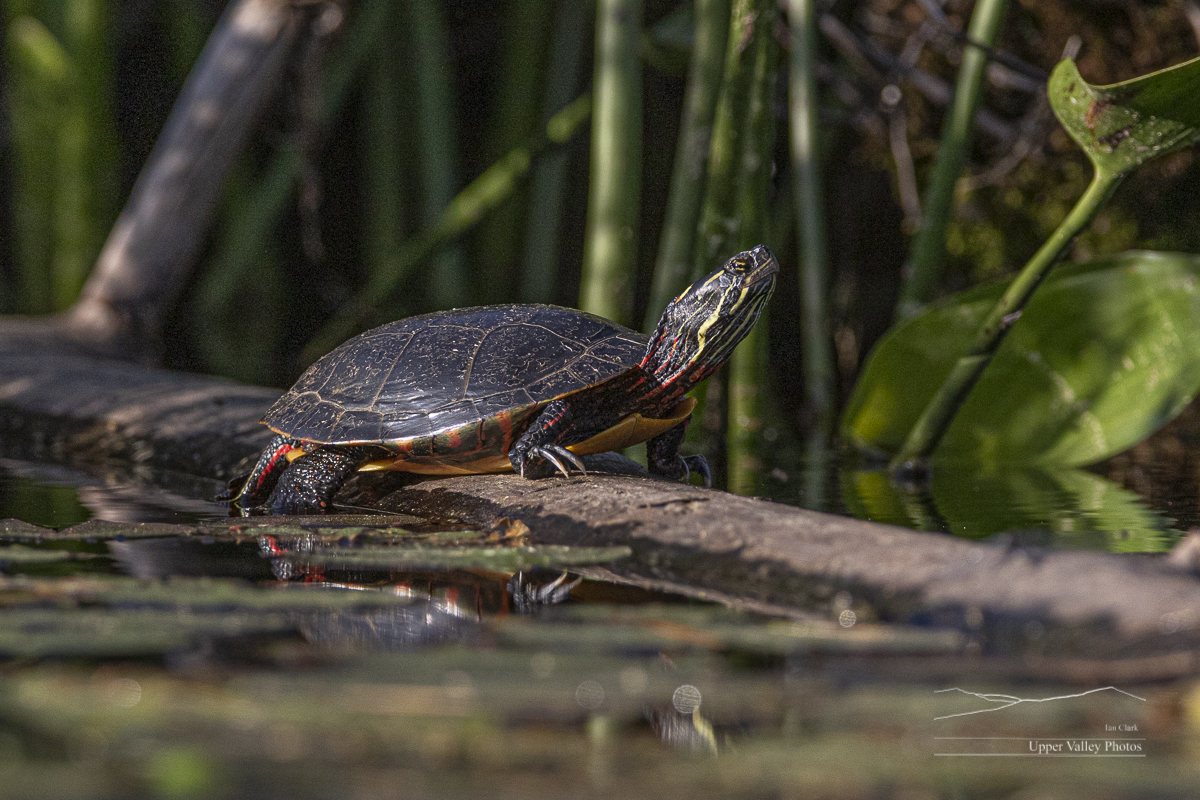
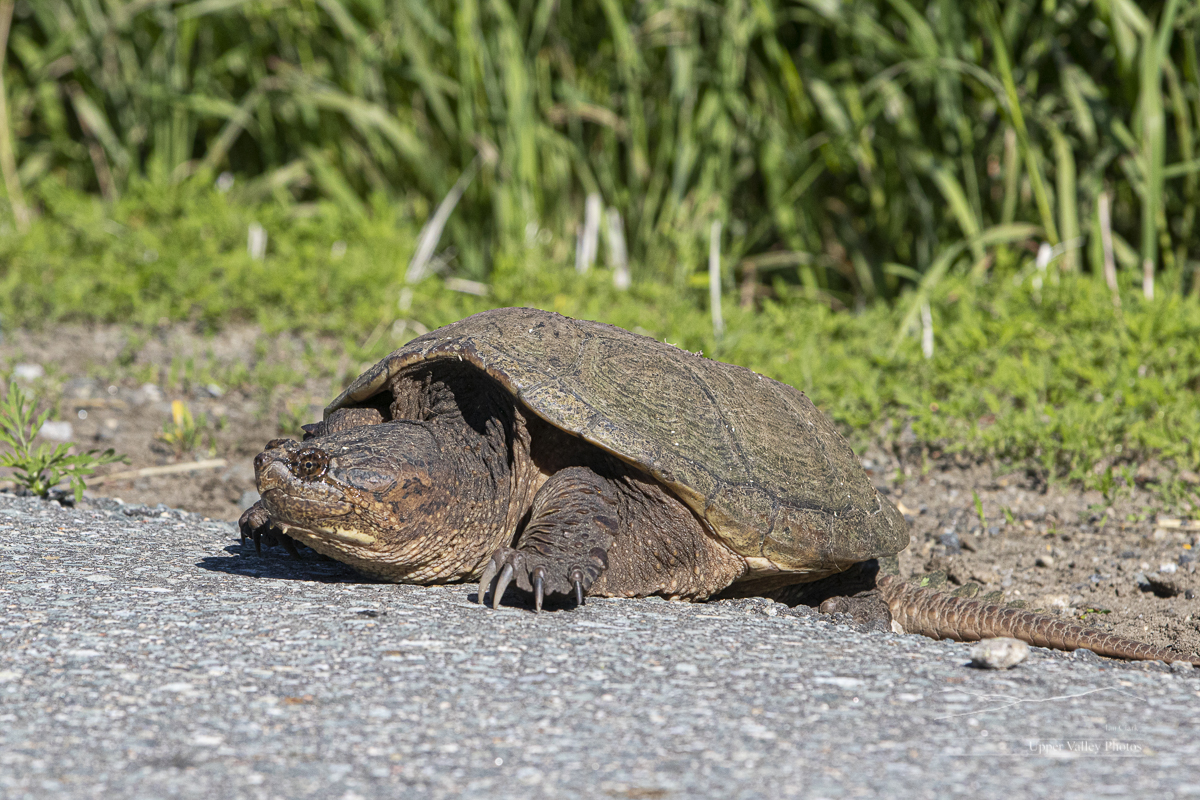
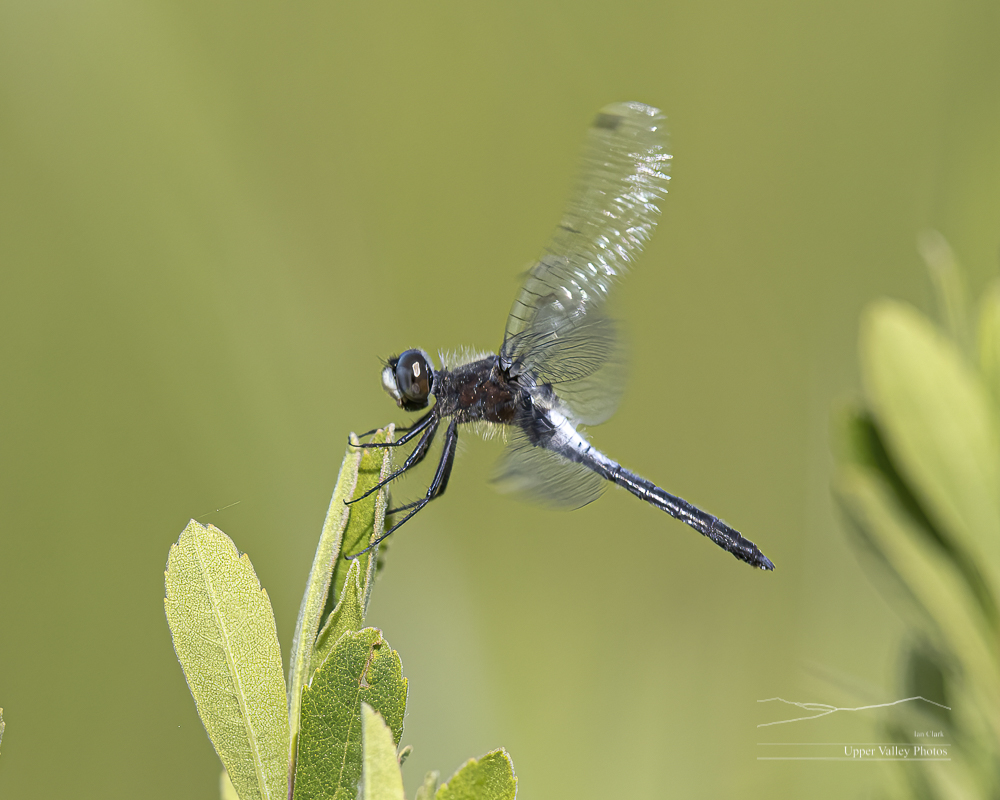
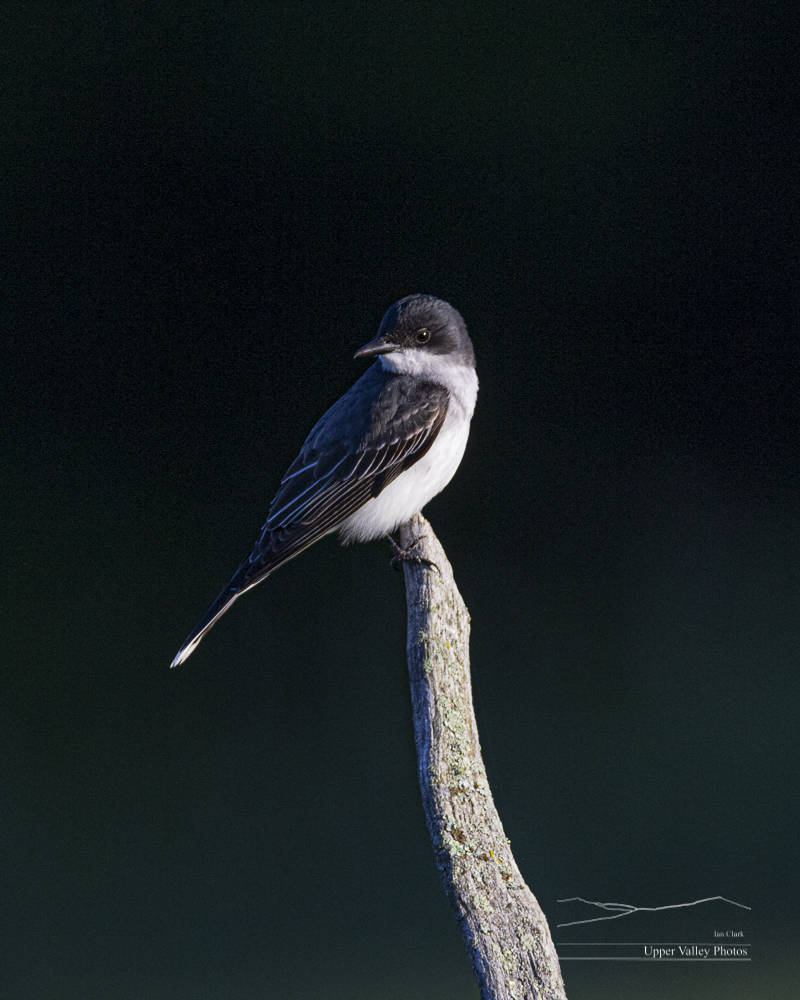
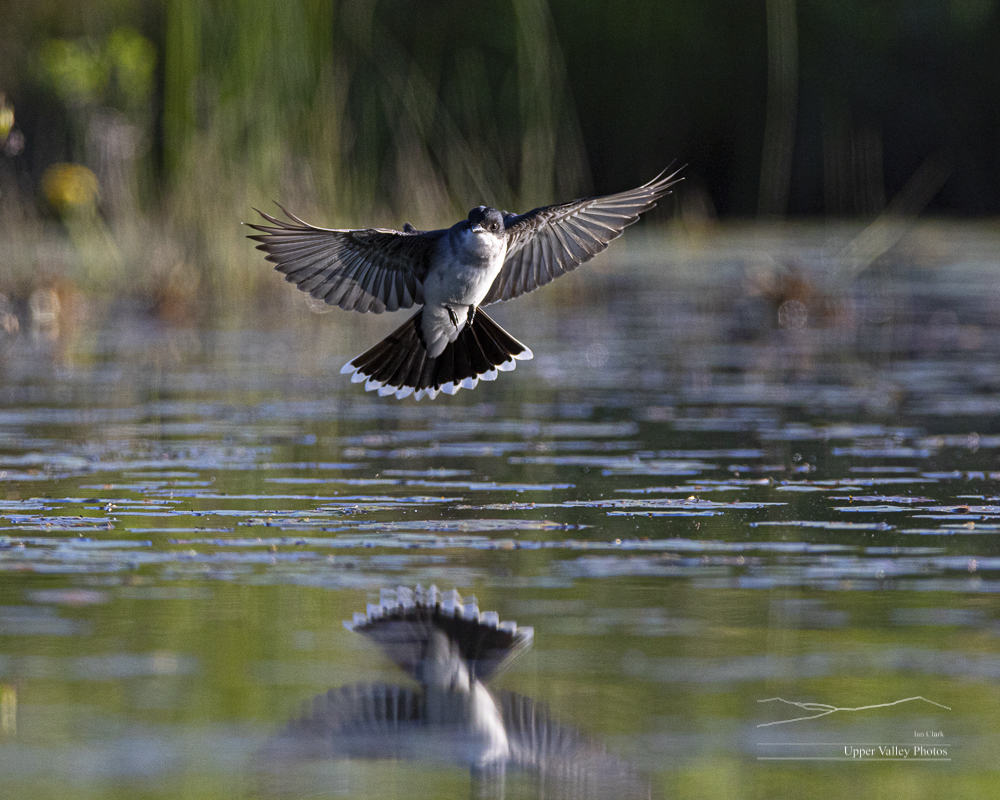

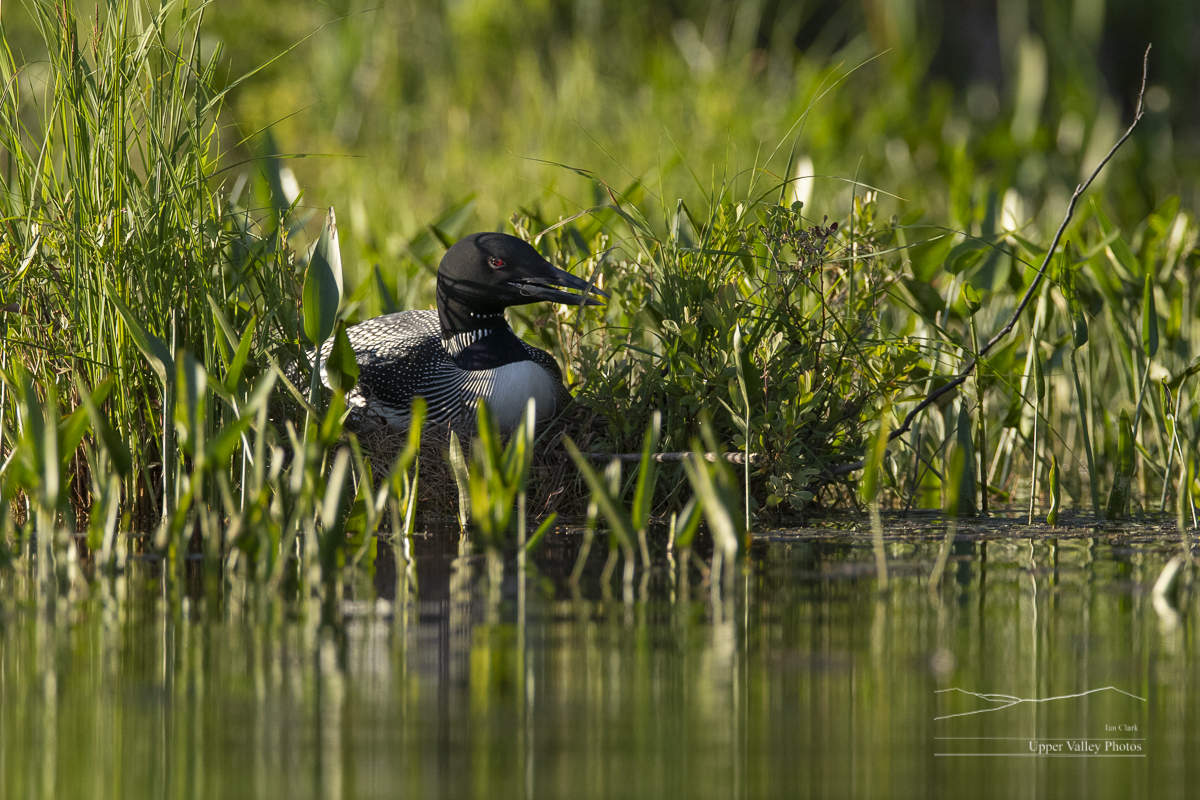
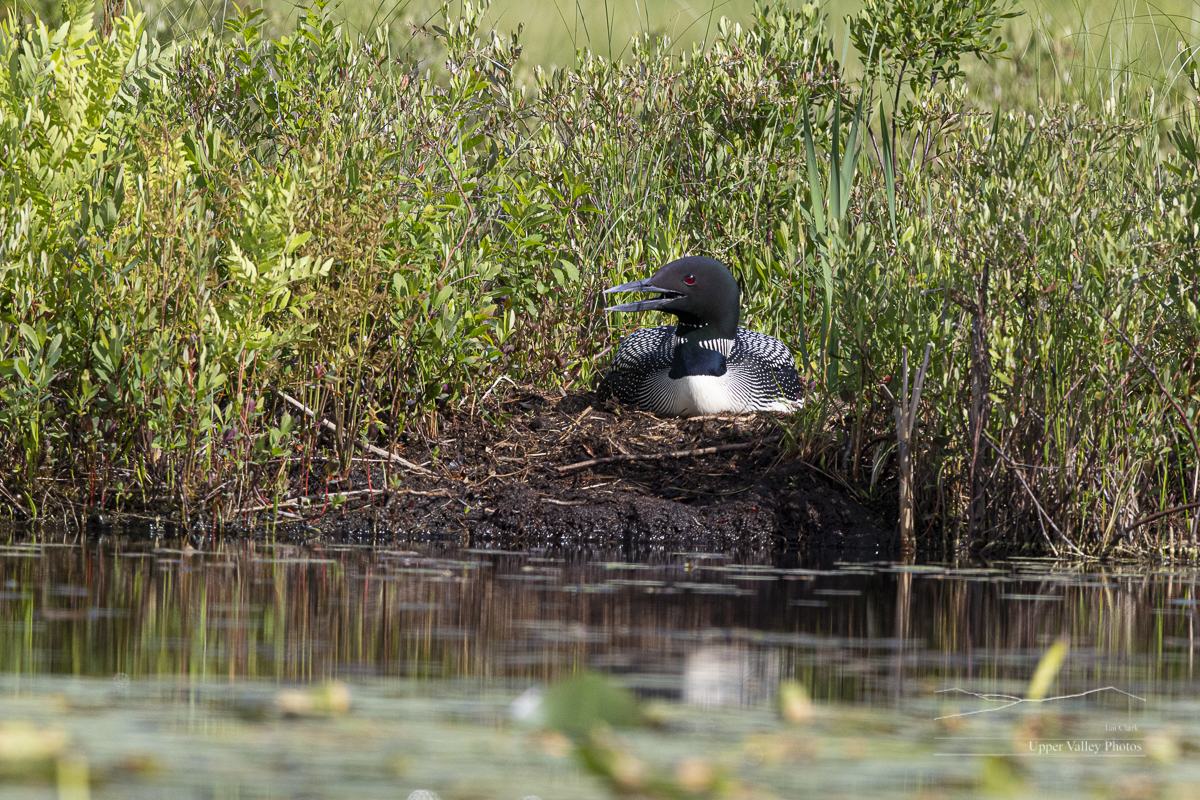
And, of course, no visit to the pond is complete without a couple photos of the loon stretching.
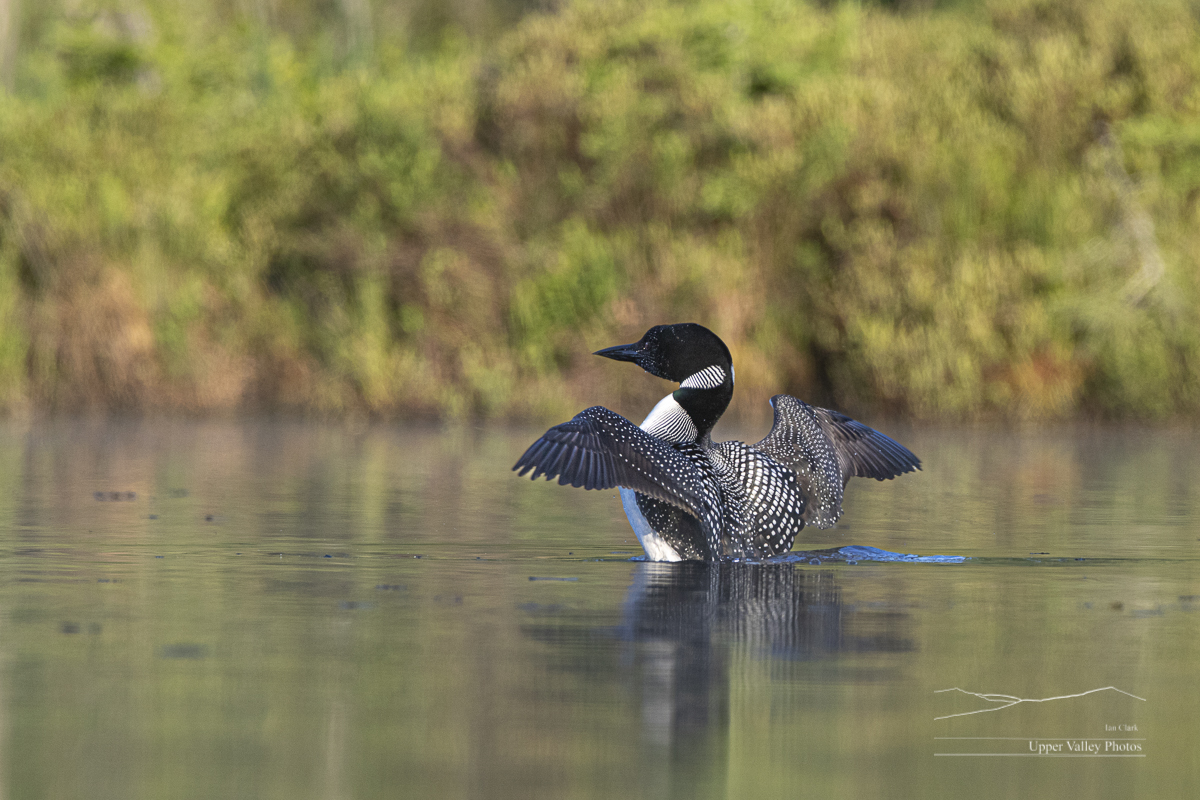
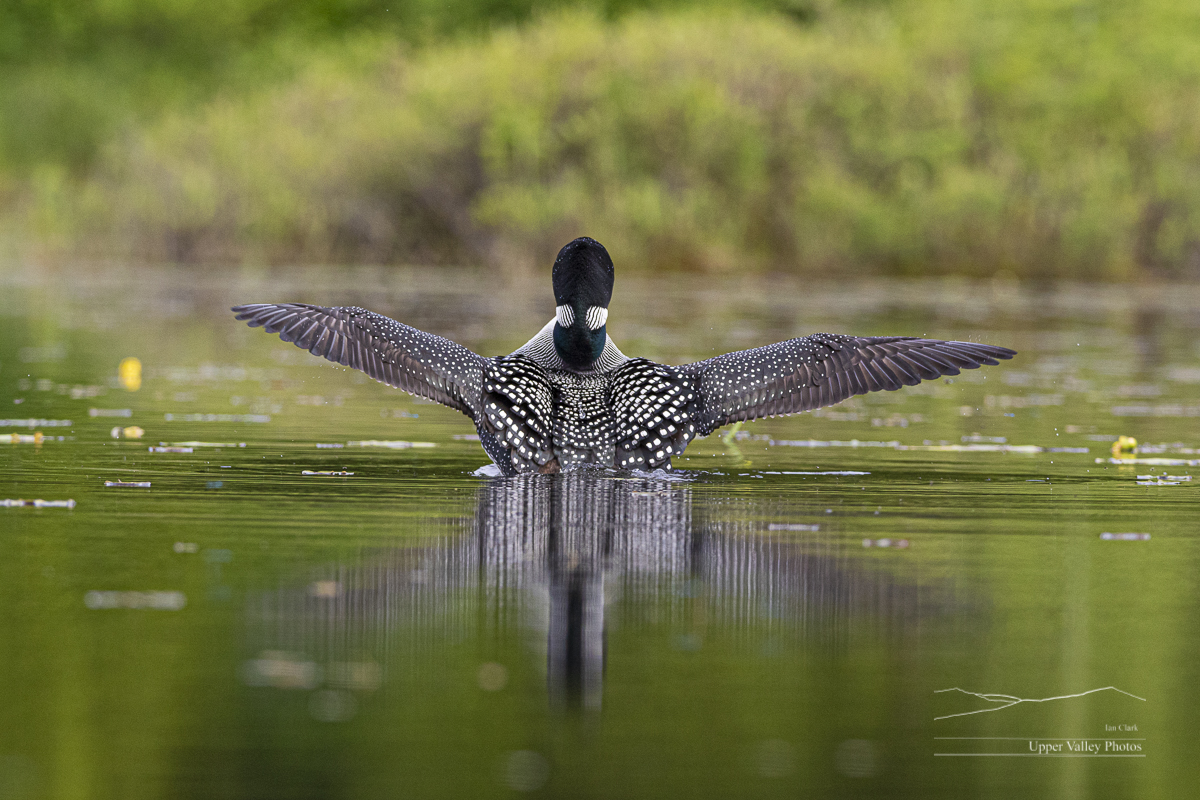
Loons Are Nesting, May 31, 2022
Many of the loons around the area have laid their eggs and are sitting on their nests. I’ve been out on several ponds this last week, checking on them and in some cases, putting out the loon nesting signs. Let’s see what I saw along the way.
Just a reminder to let the loons be. You may have the best intentions, but the loons don’t know what you’re up to and approaching them may stress them. And, while it may be harmless for you to approach the nest to have a quick peek, remember you could be the 20th person getting close enough to stress the loons. All the photos of the loons on or near their nest were shot with a 800mm lens and cropped – I’m back well over 100′.
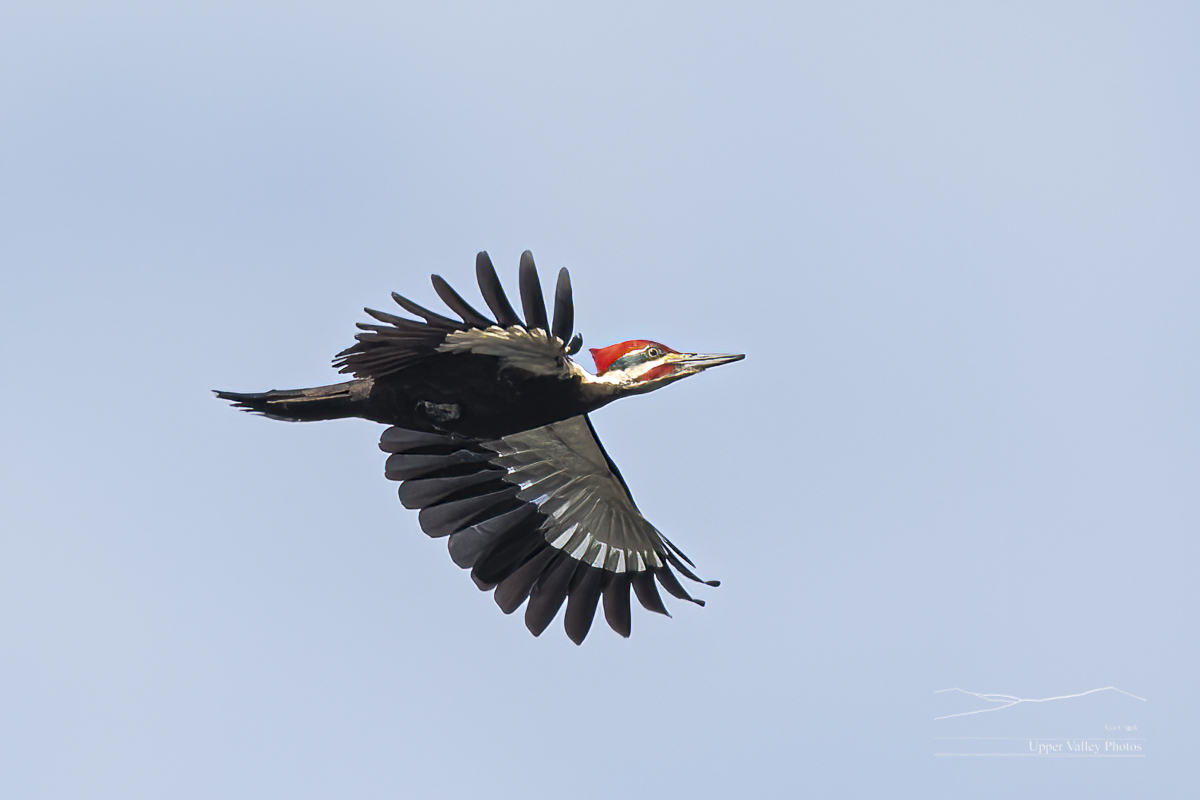
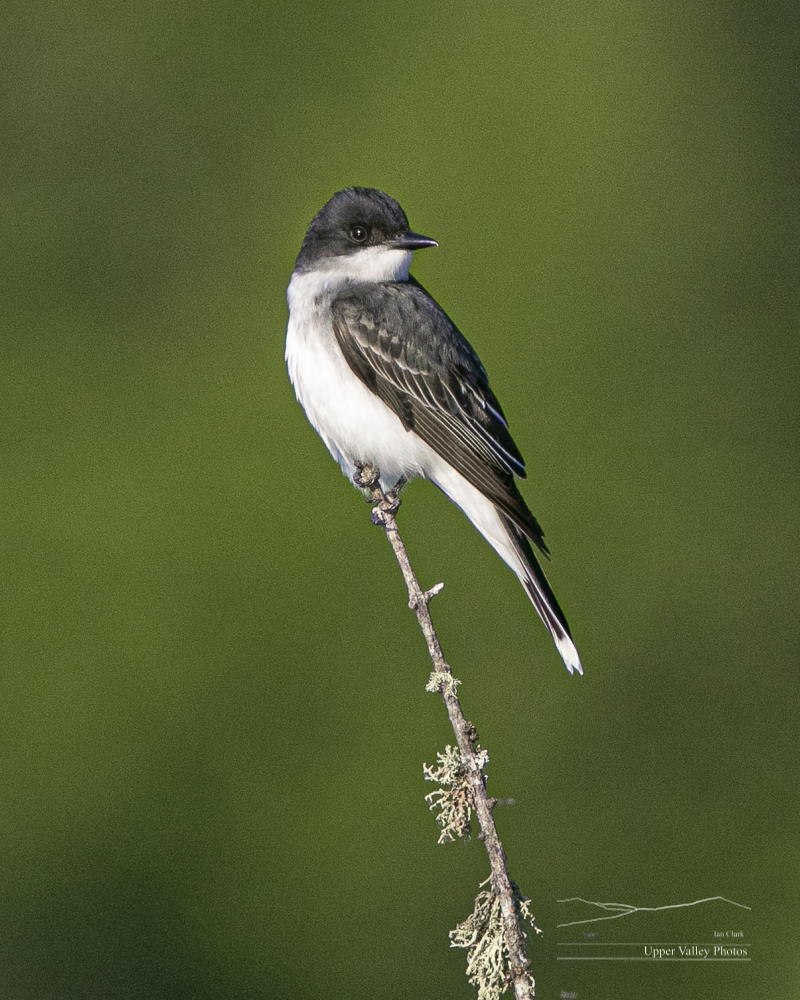

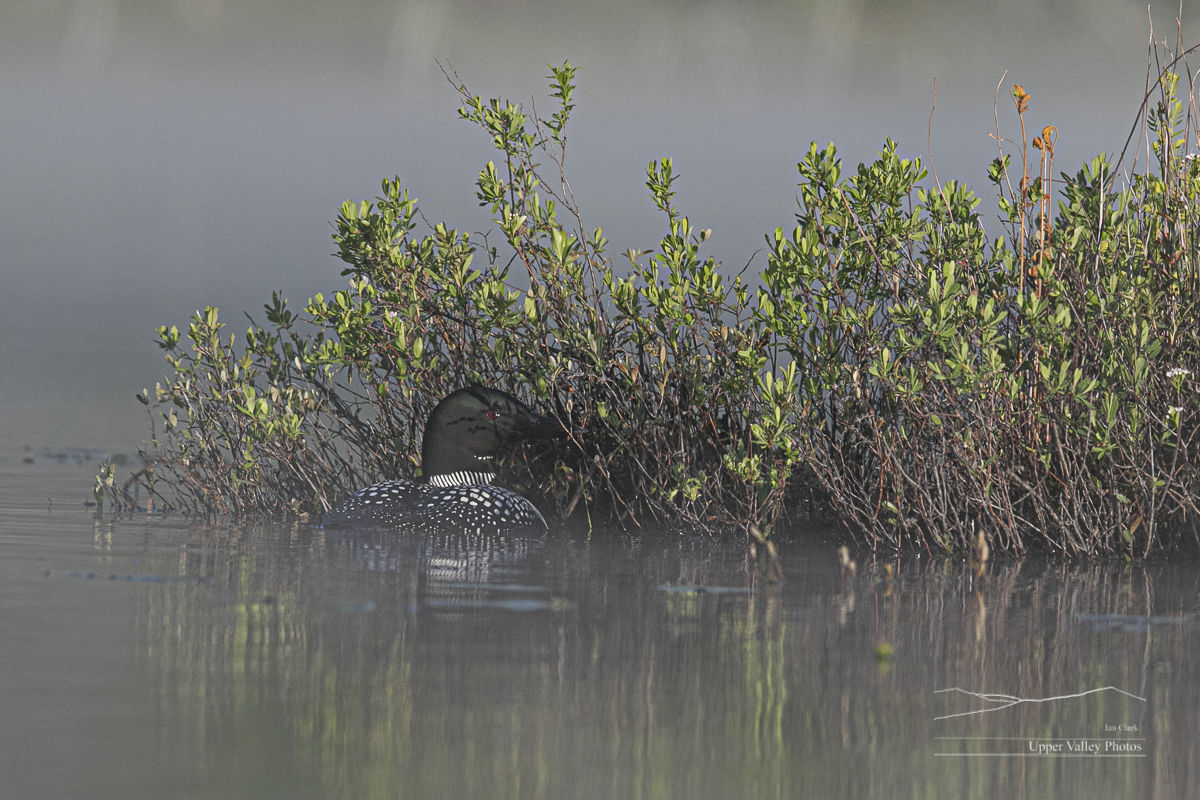
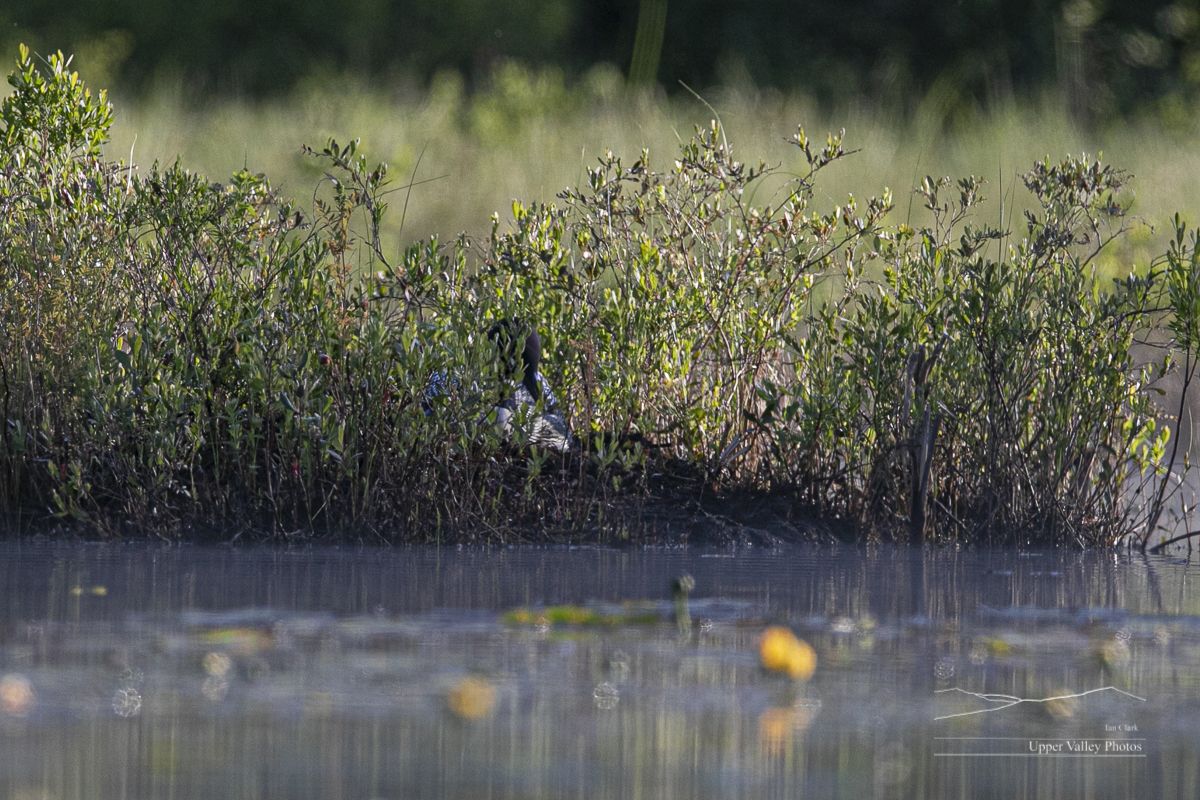
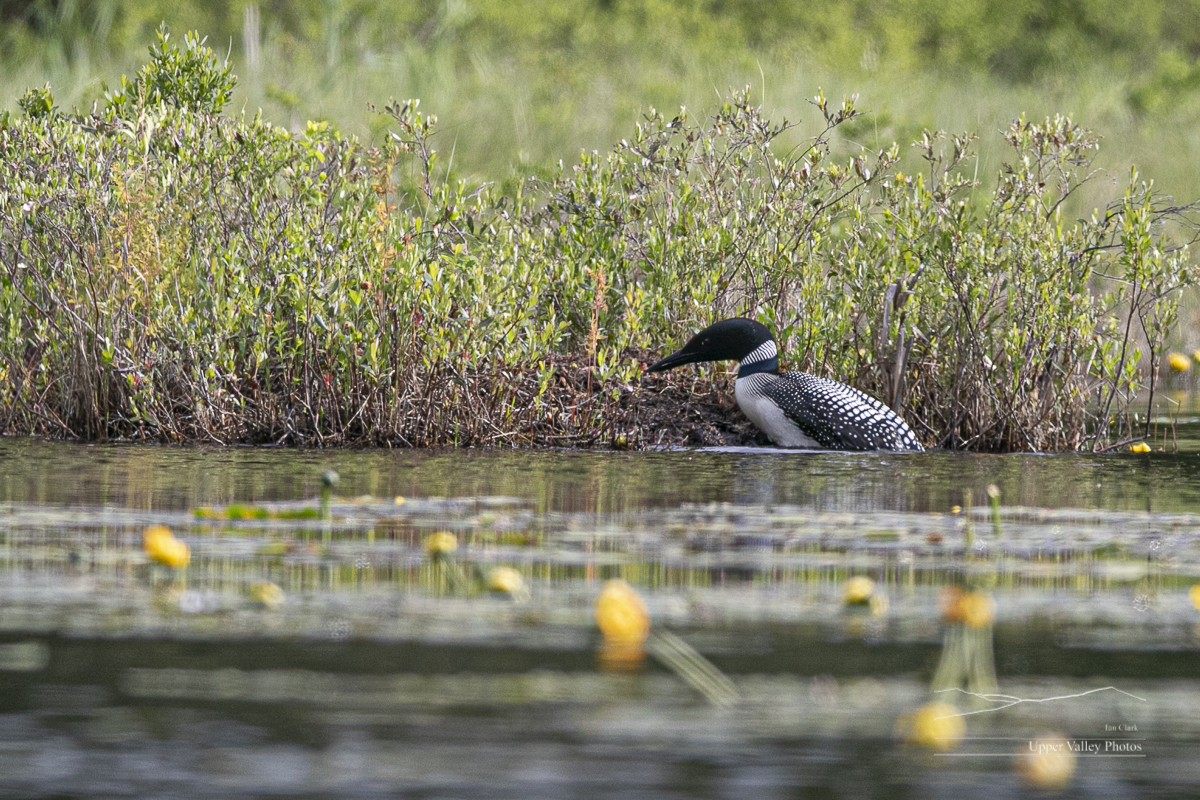
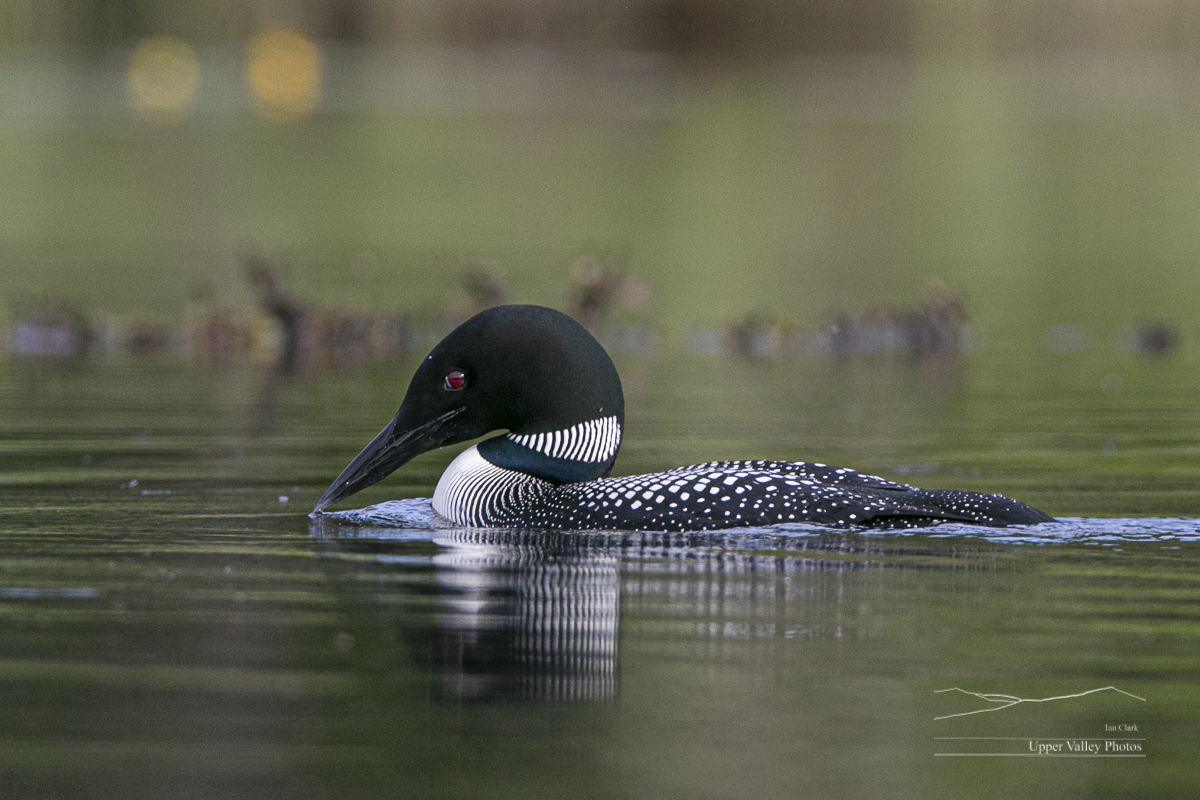

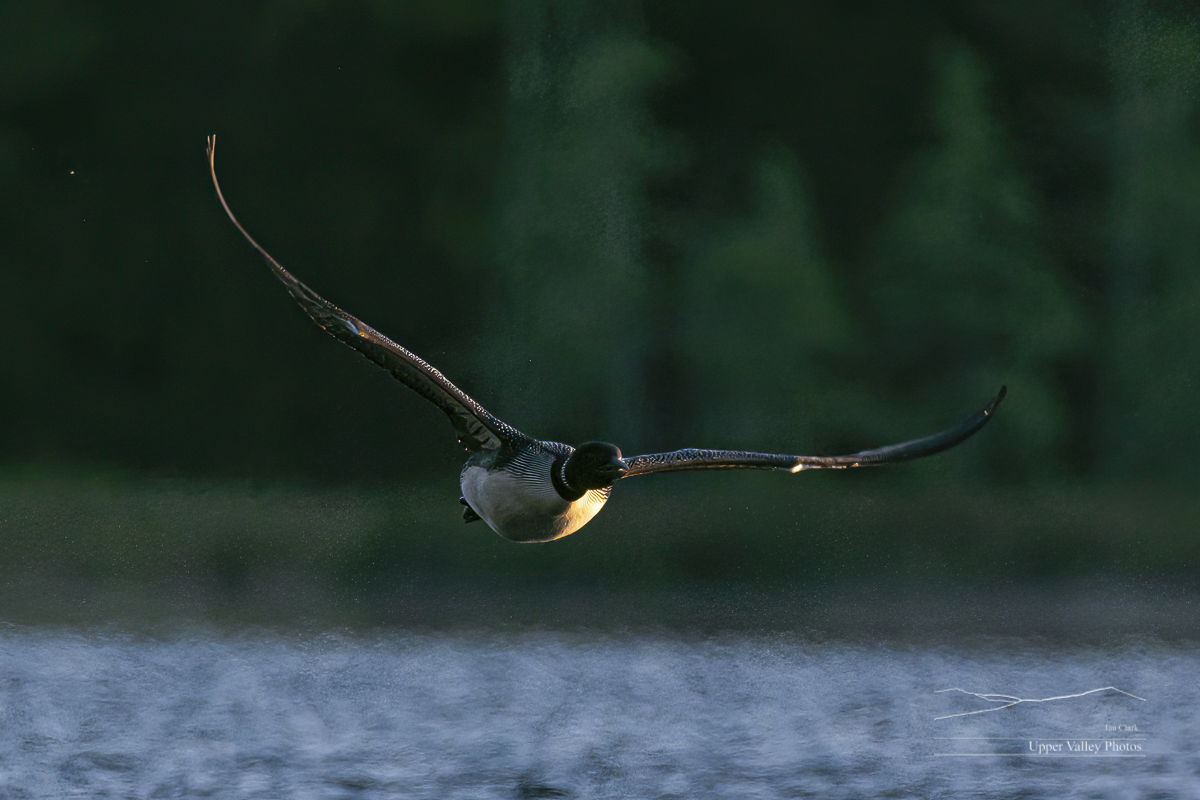

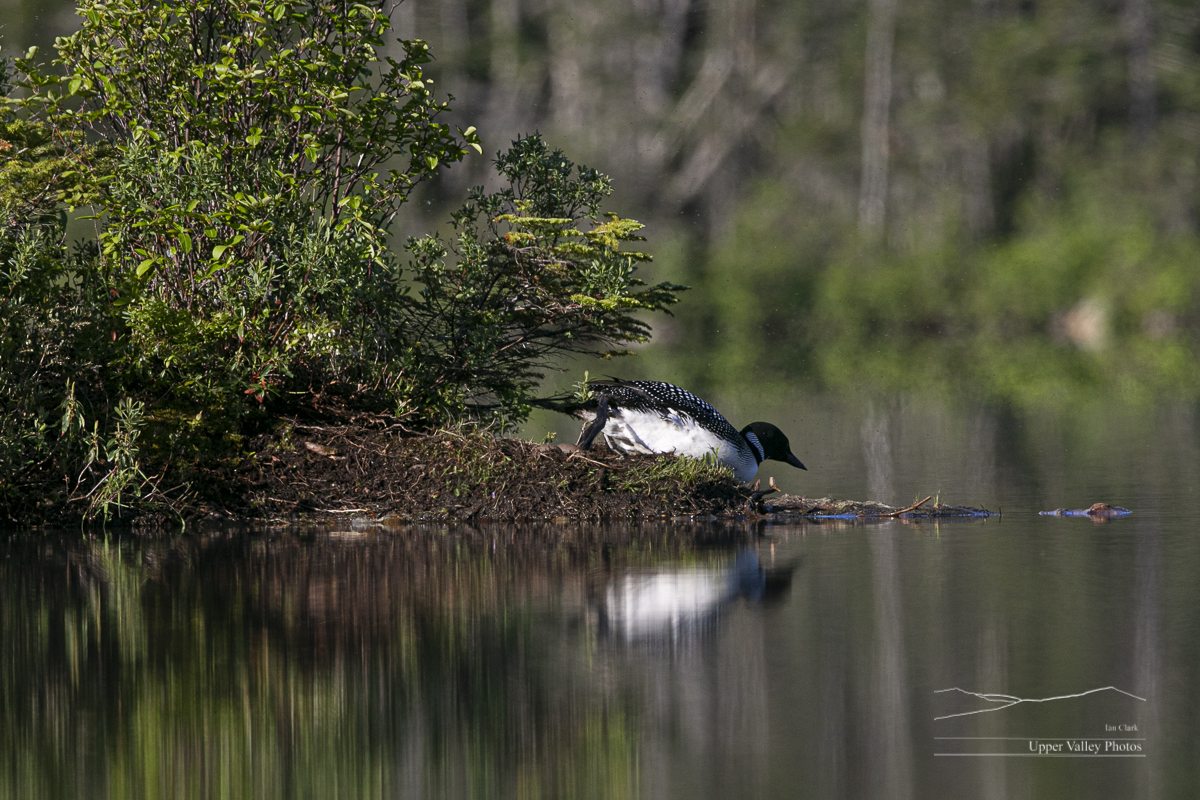
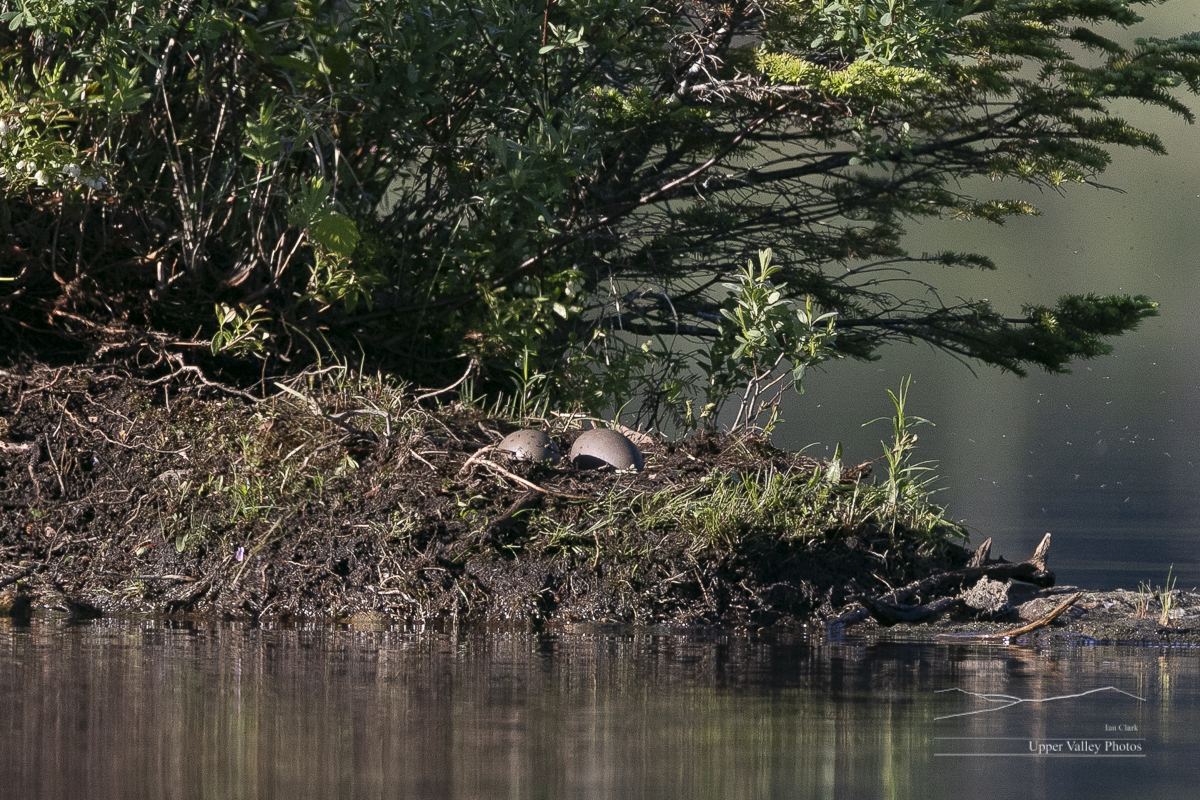
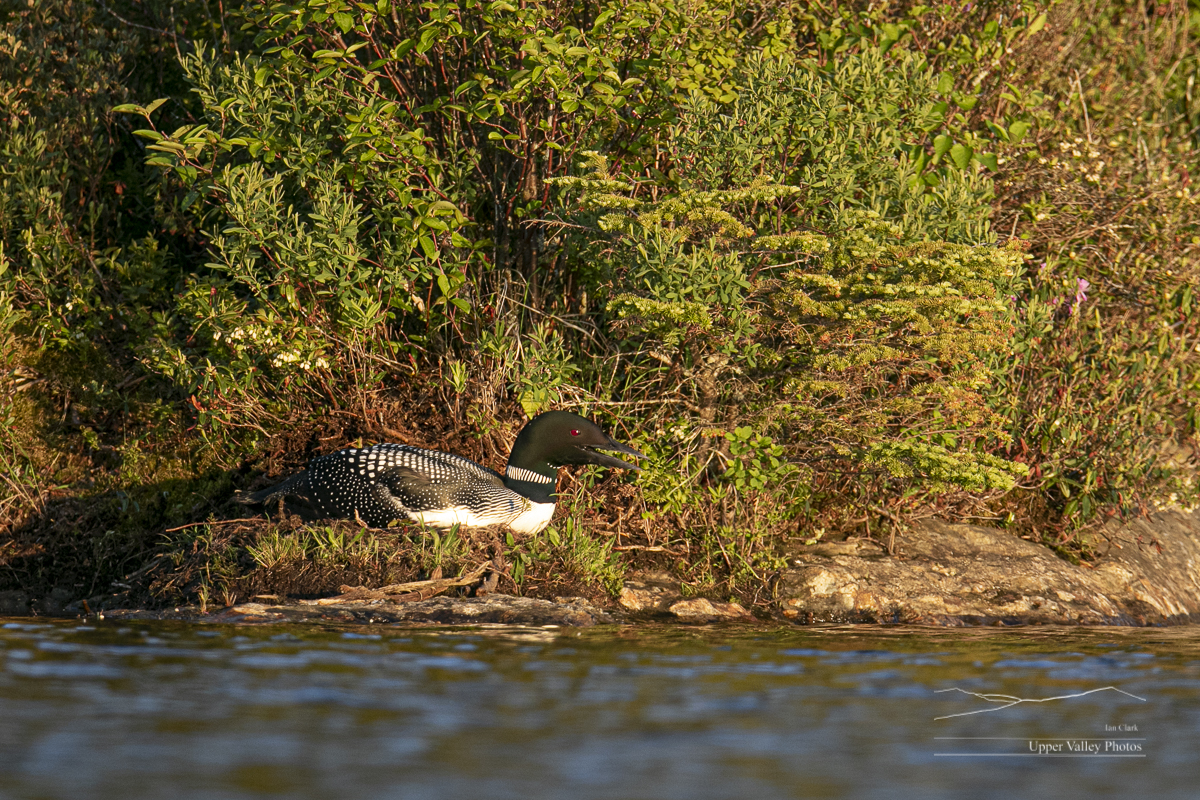
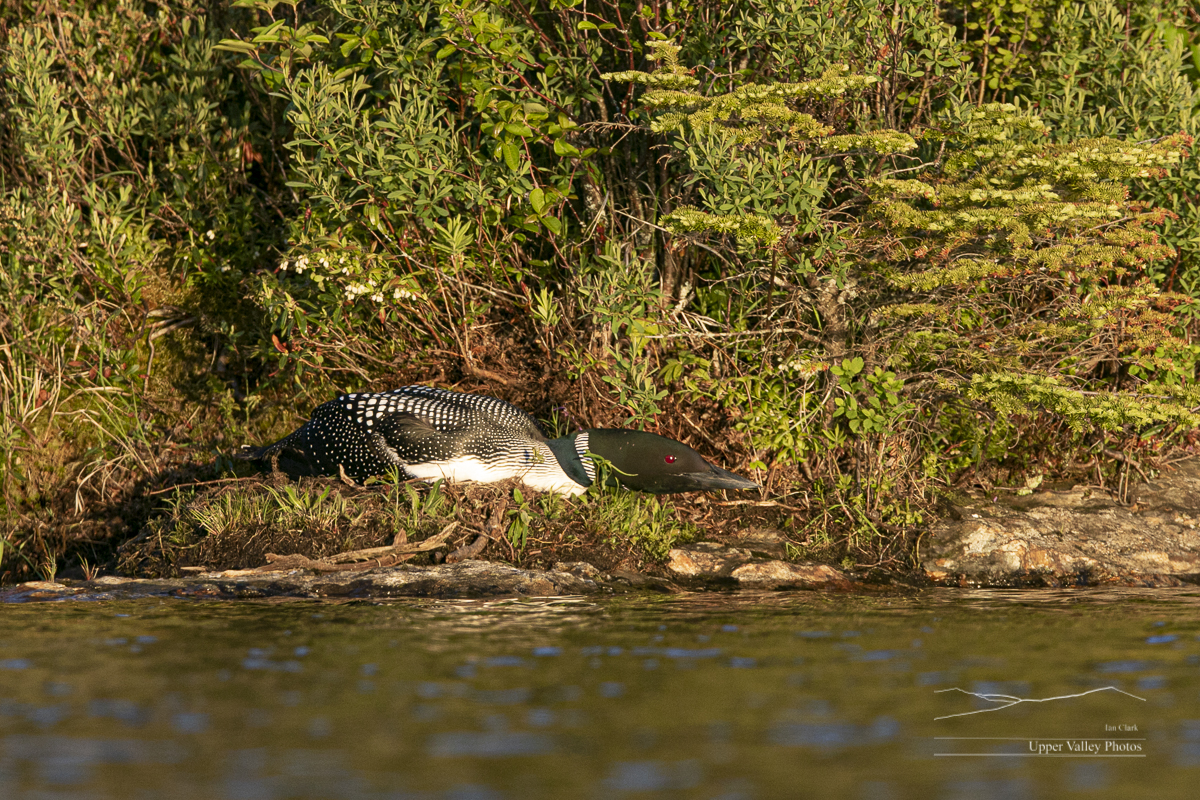
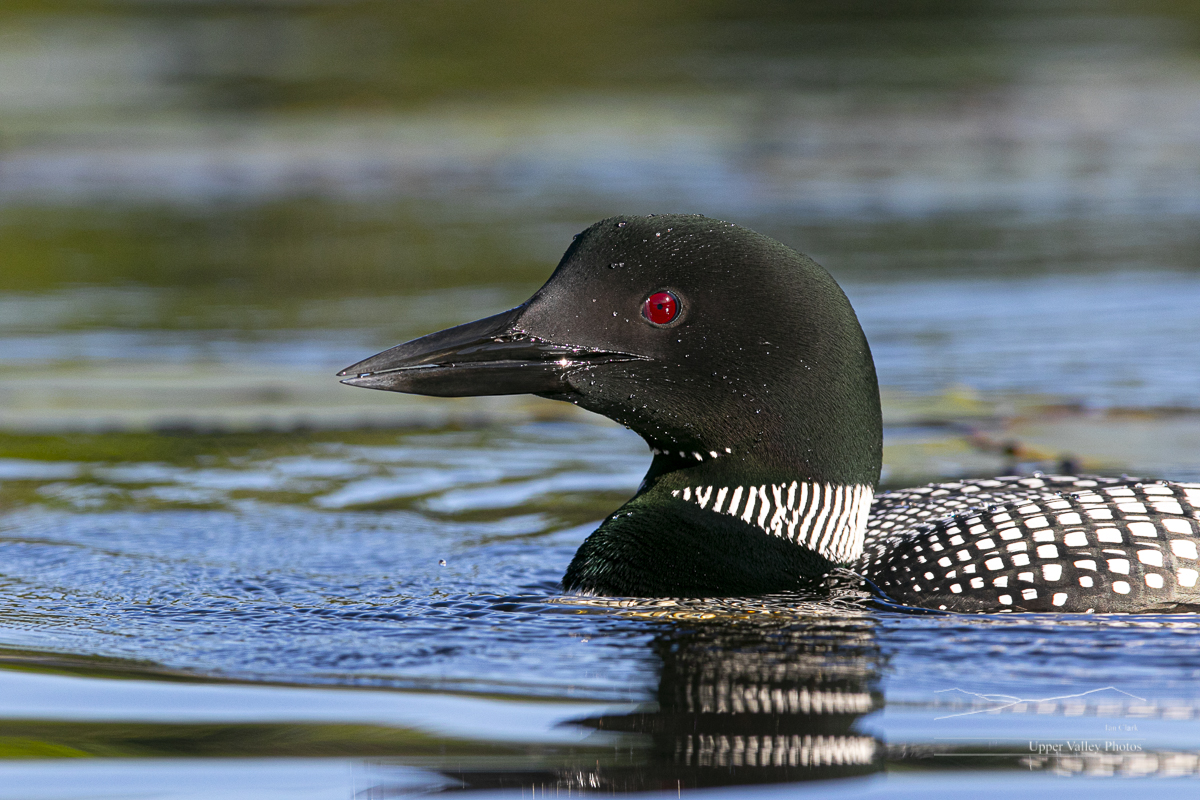


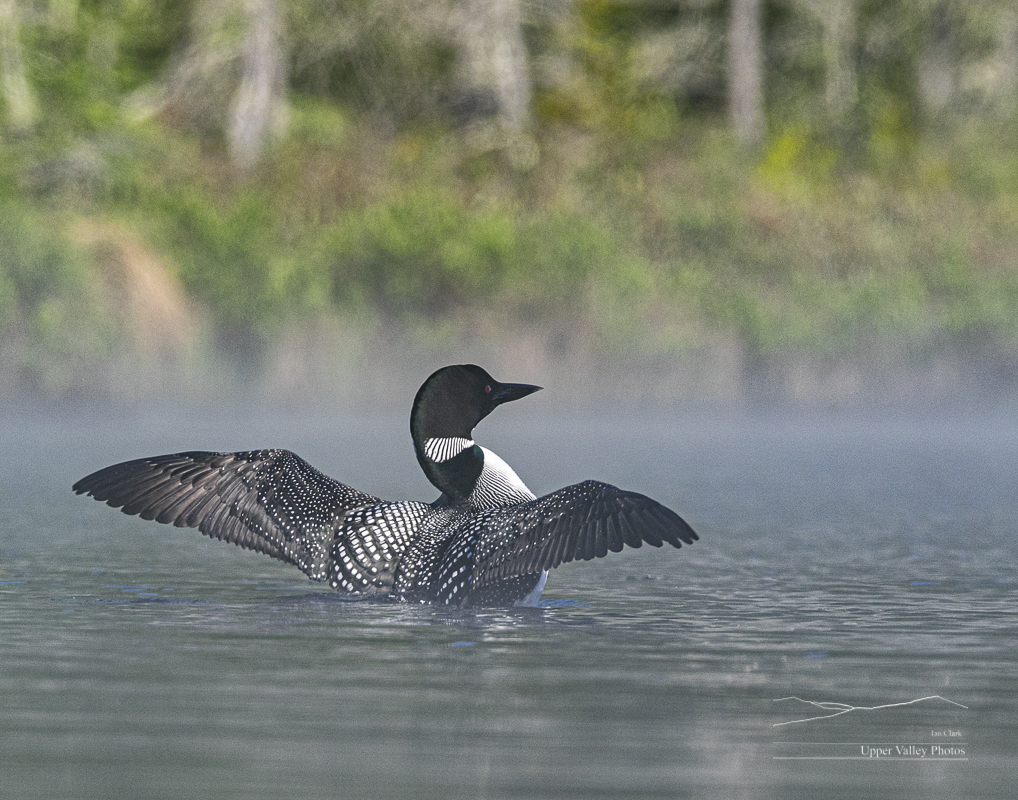
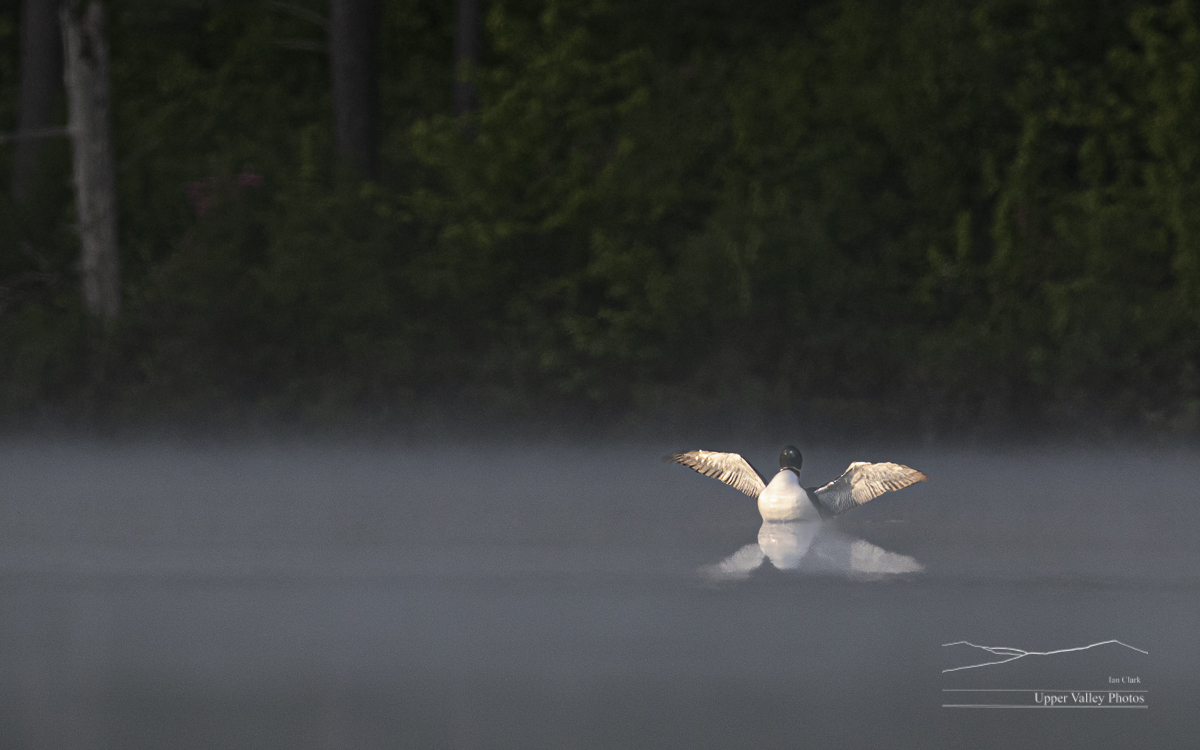
I hope to follow a couple of loon families for the rest of the summer again. Sign up for post updates to keep up with how they’re doing.
You can learn more about loons and conservation efforts on their behalf on the Loon Preservation Committee’s site, the Vermont Center for Ecostudies site or the Adirondack Center for Loon Conservation site.
The Usual Suspects, May 6, 2022
Let’s round up the usual suspects. I finally had time to get the kayak in the water and have ventured to a couple of the local waterholes. Let’s see who I’ve found.
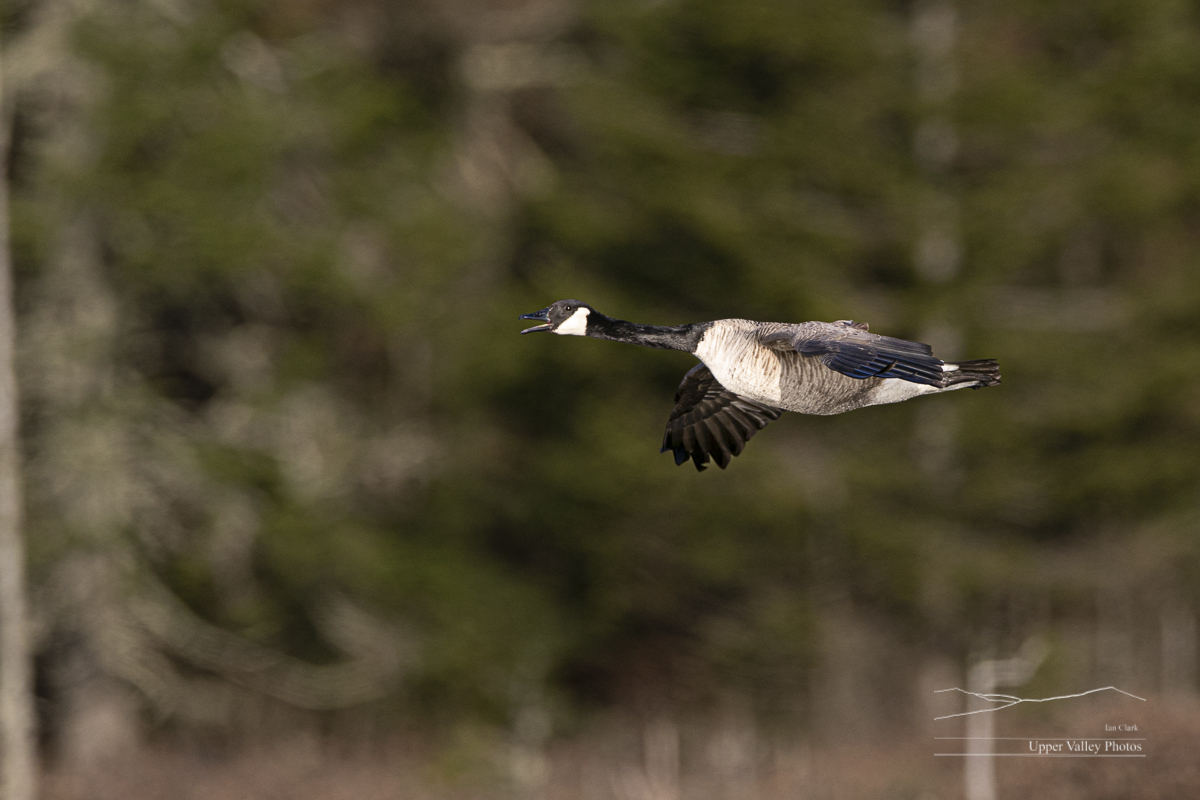
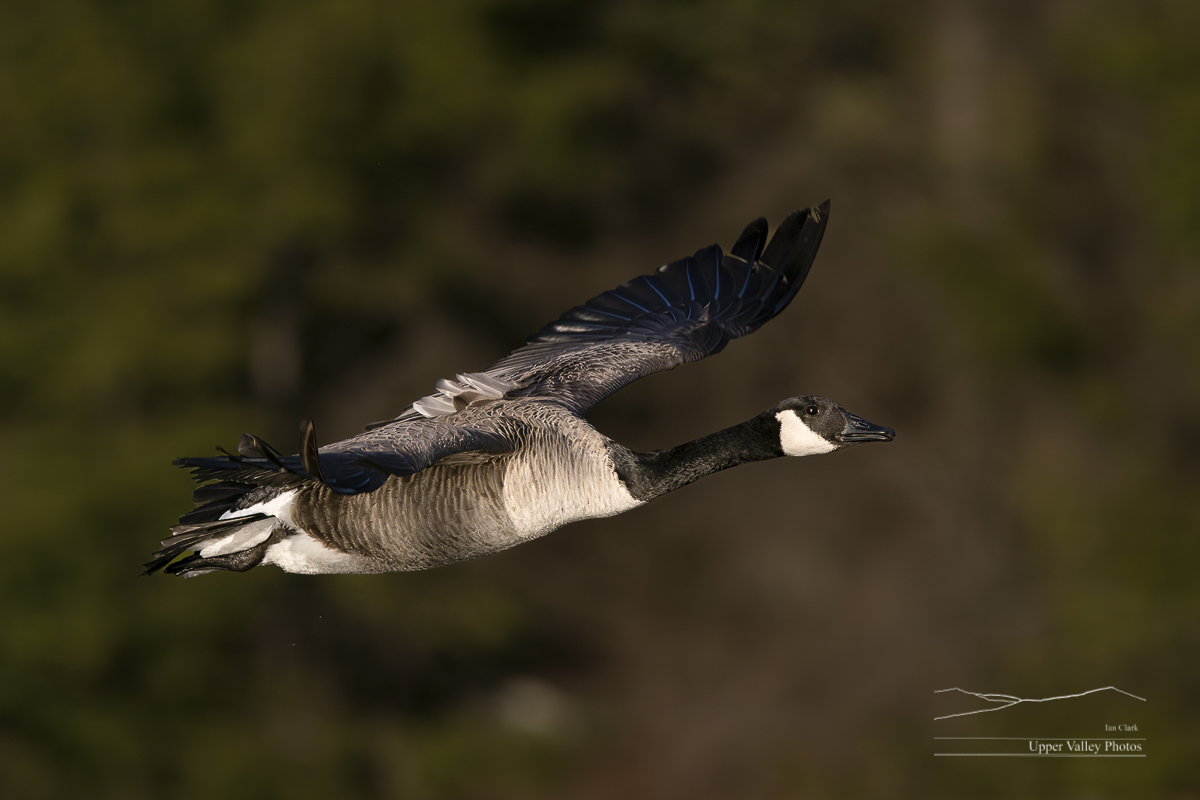

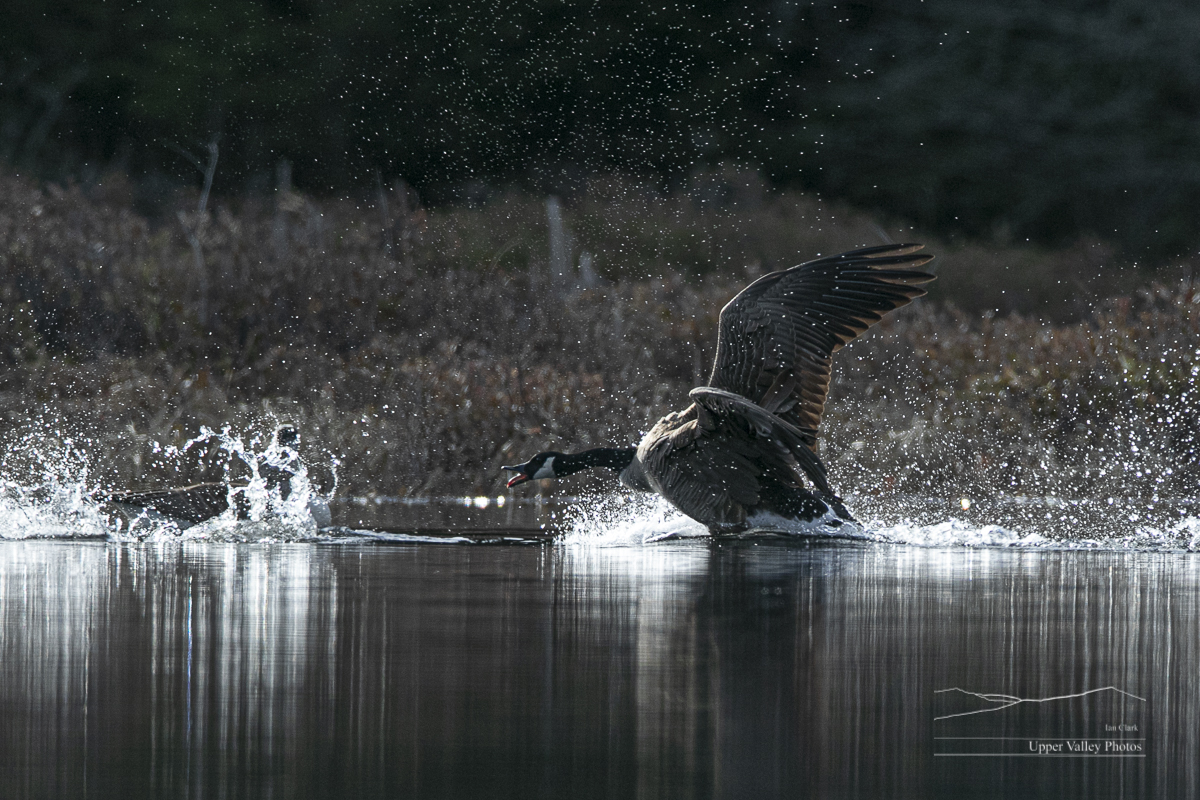
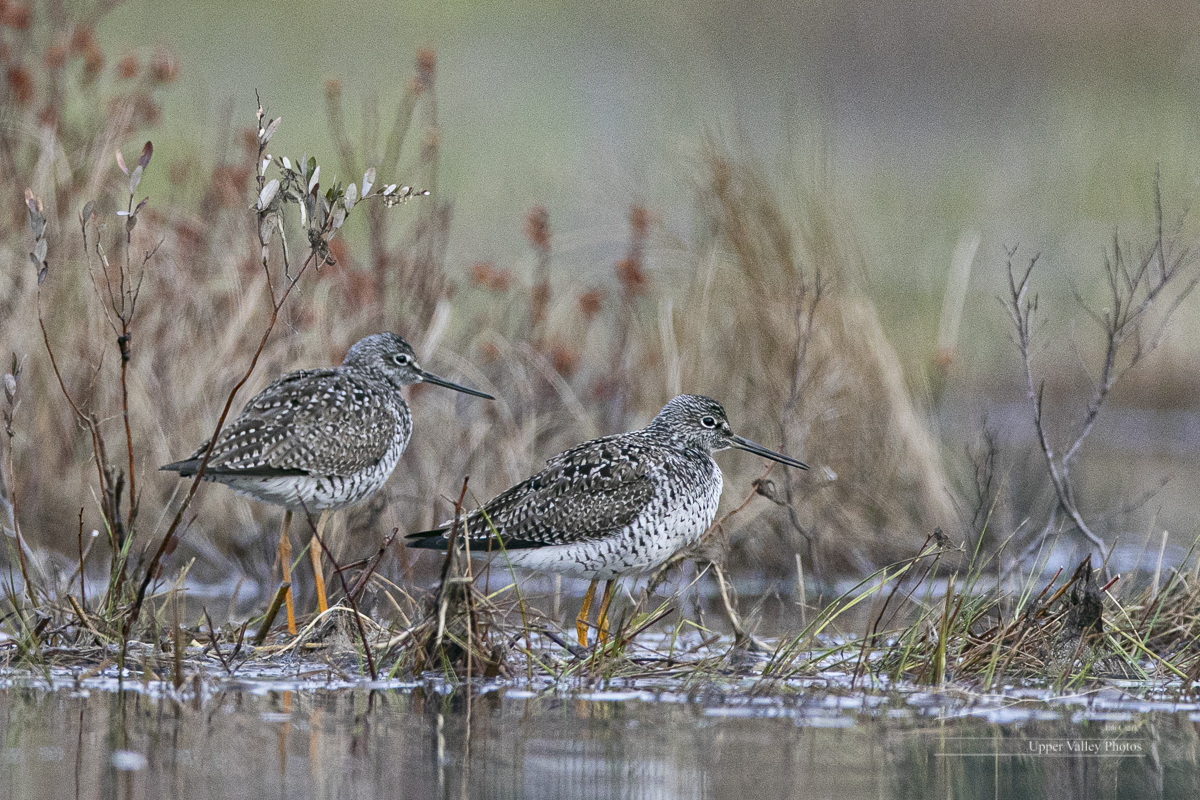

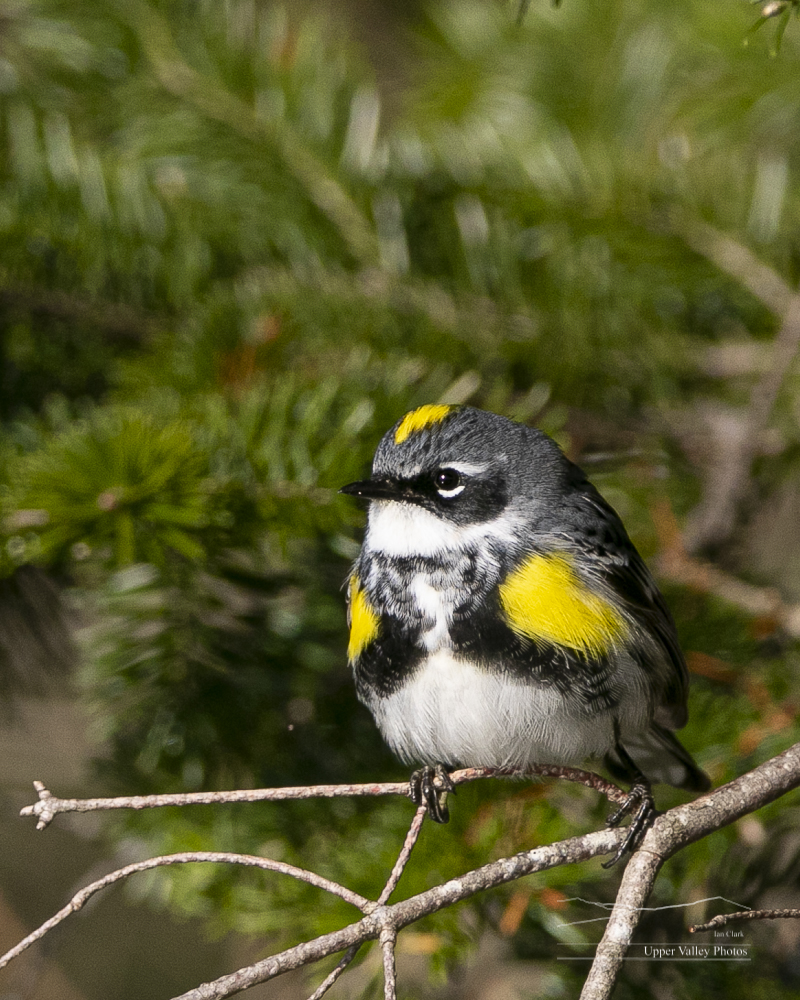
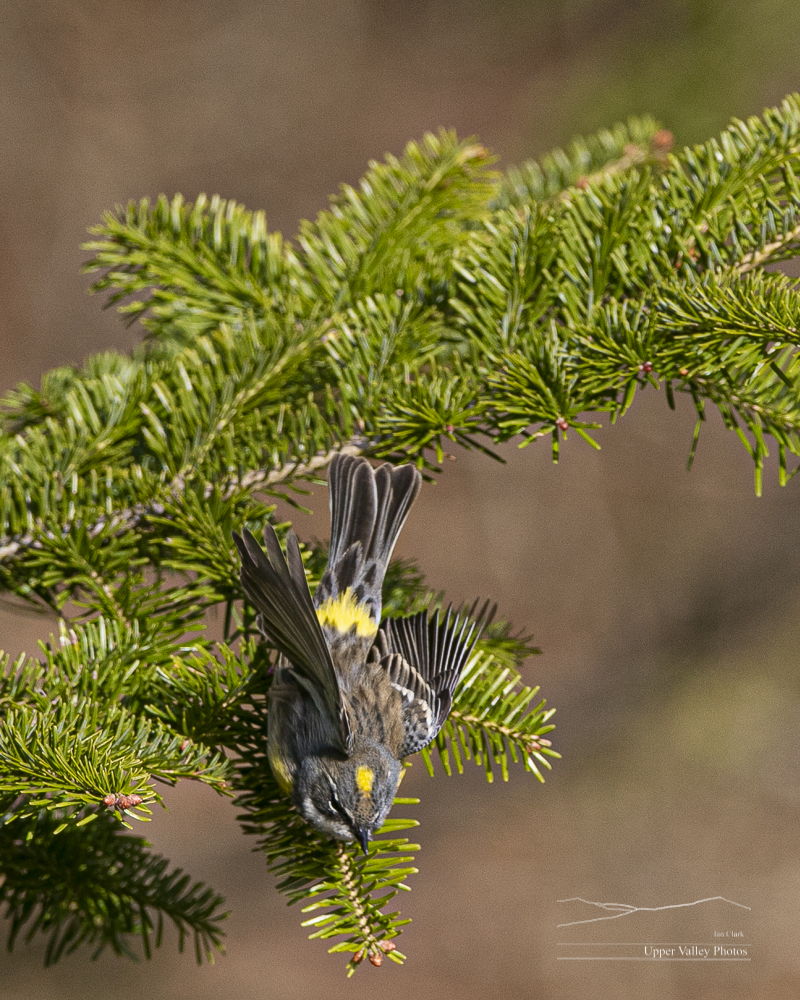
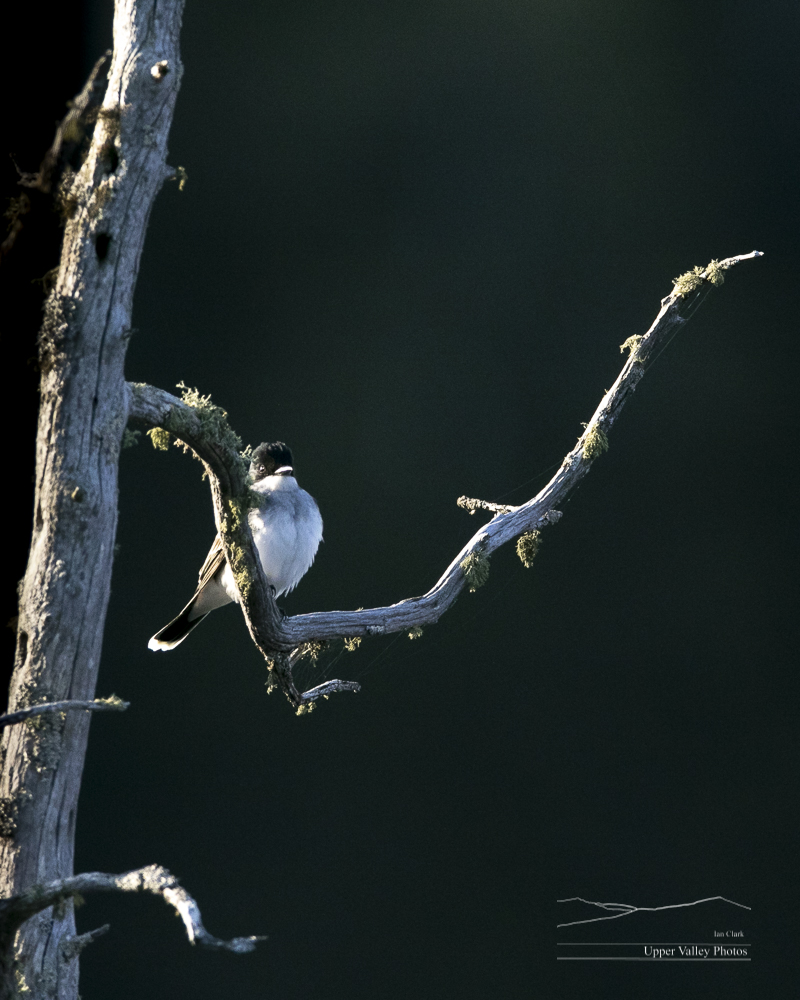
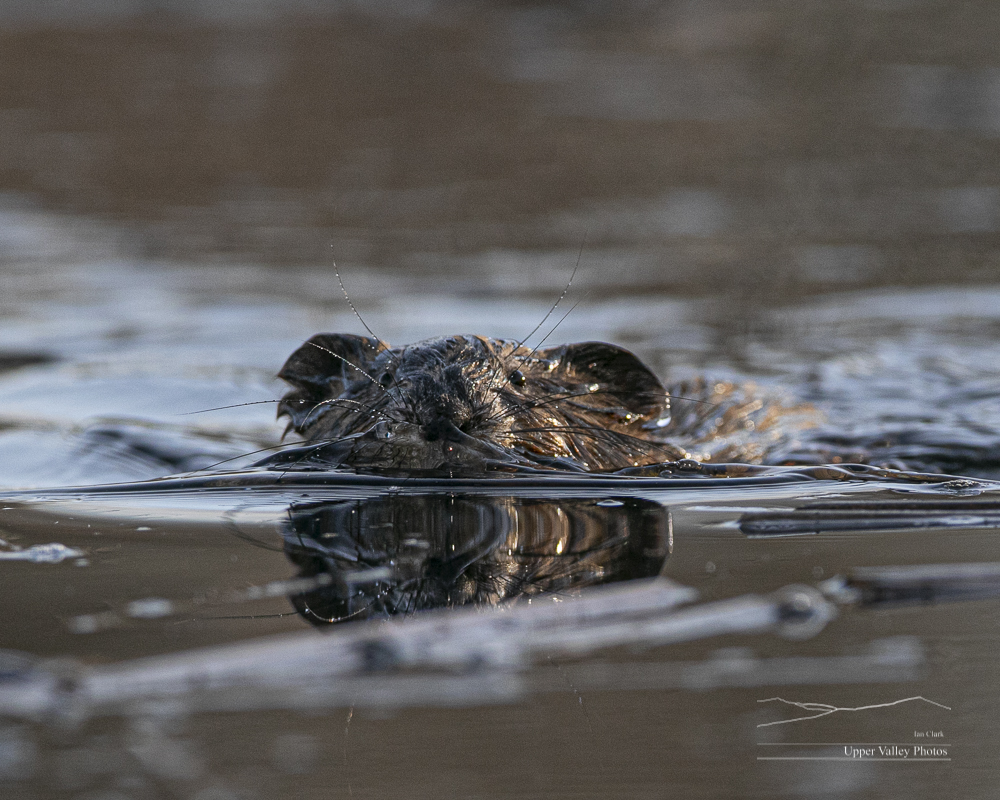

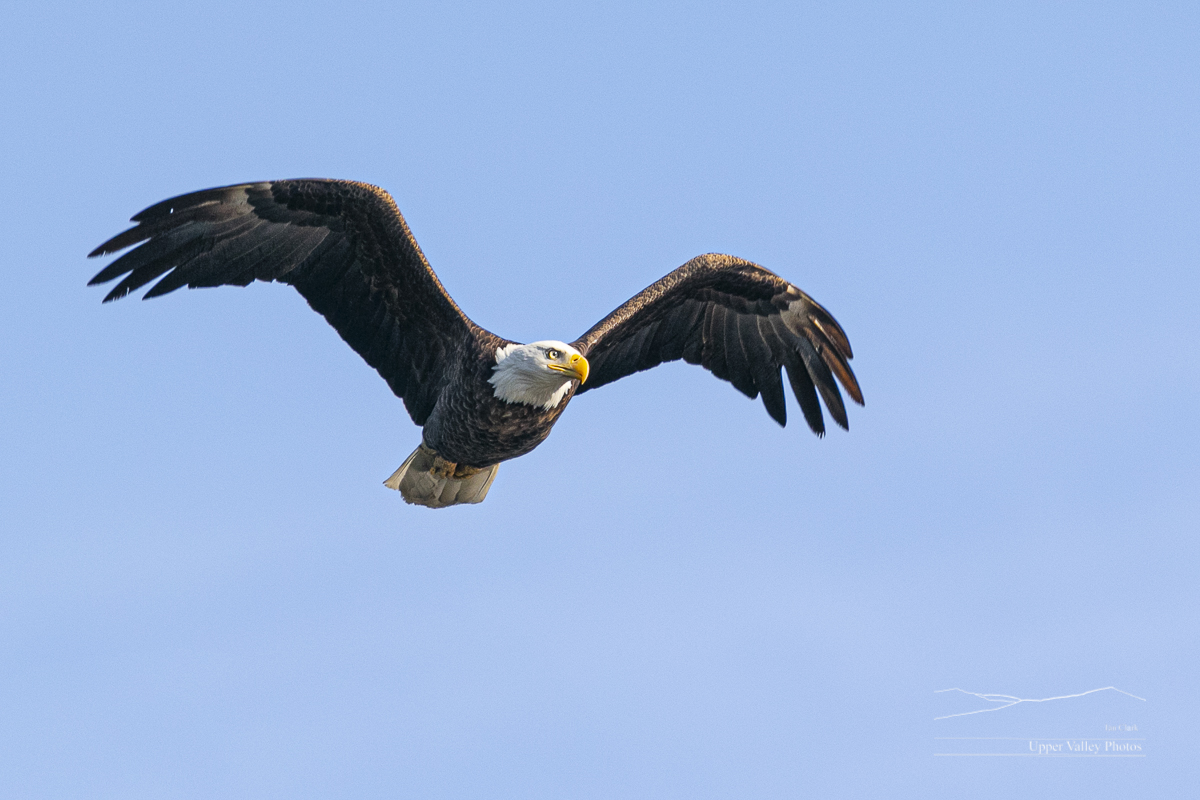
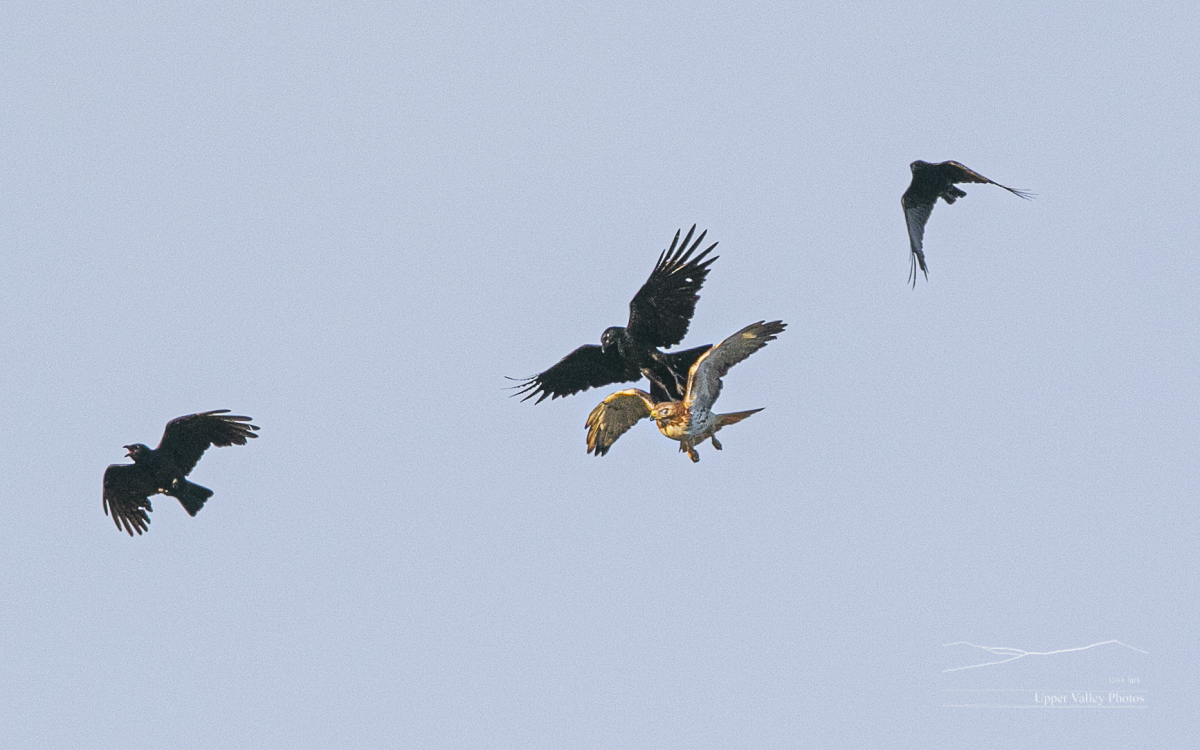
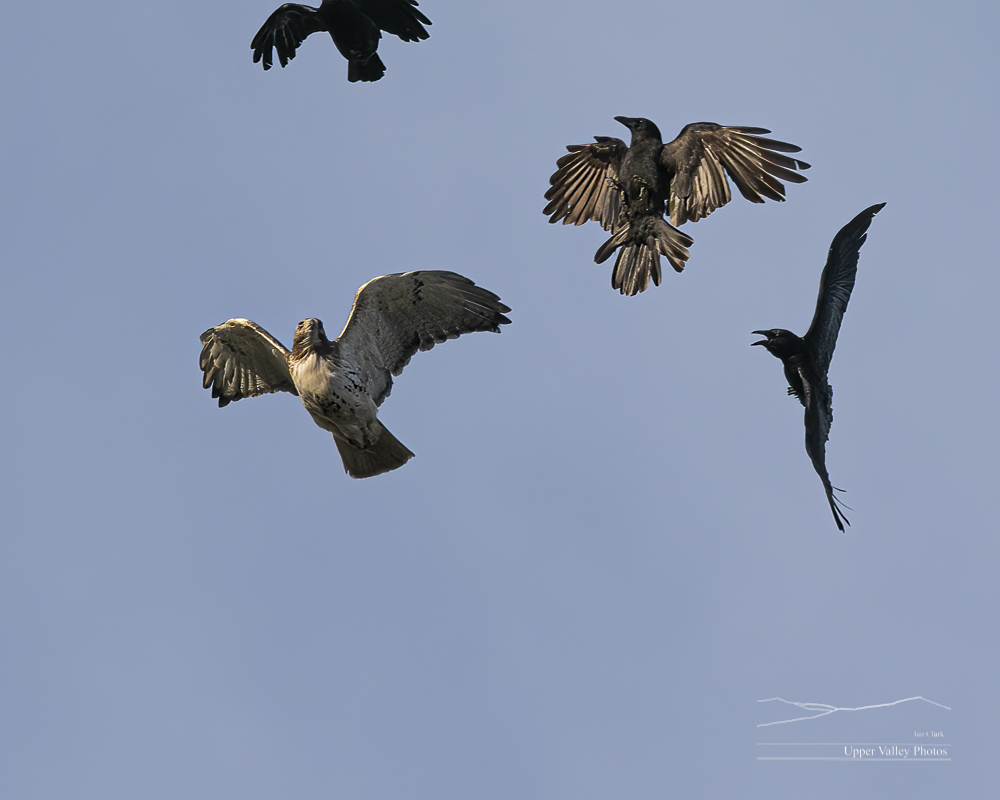
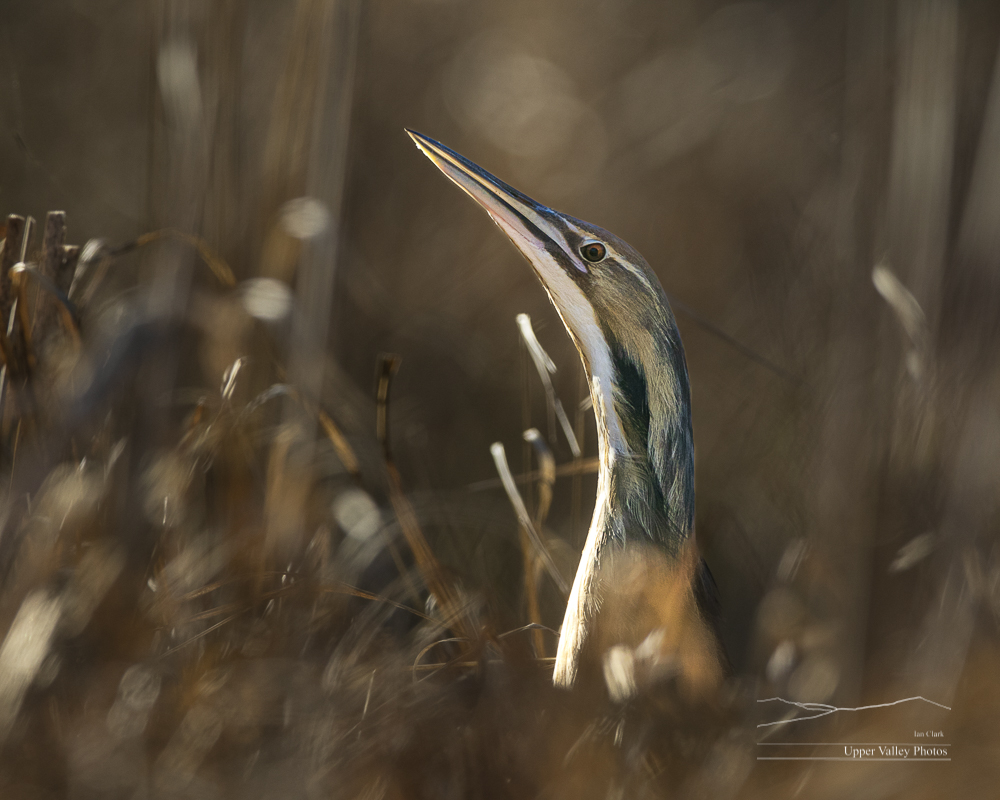
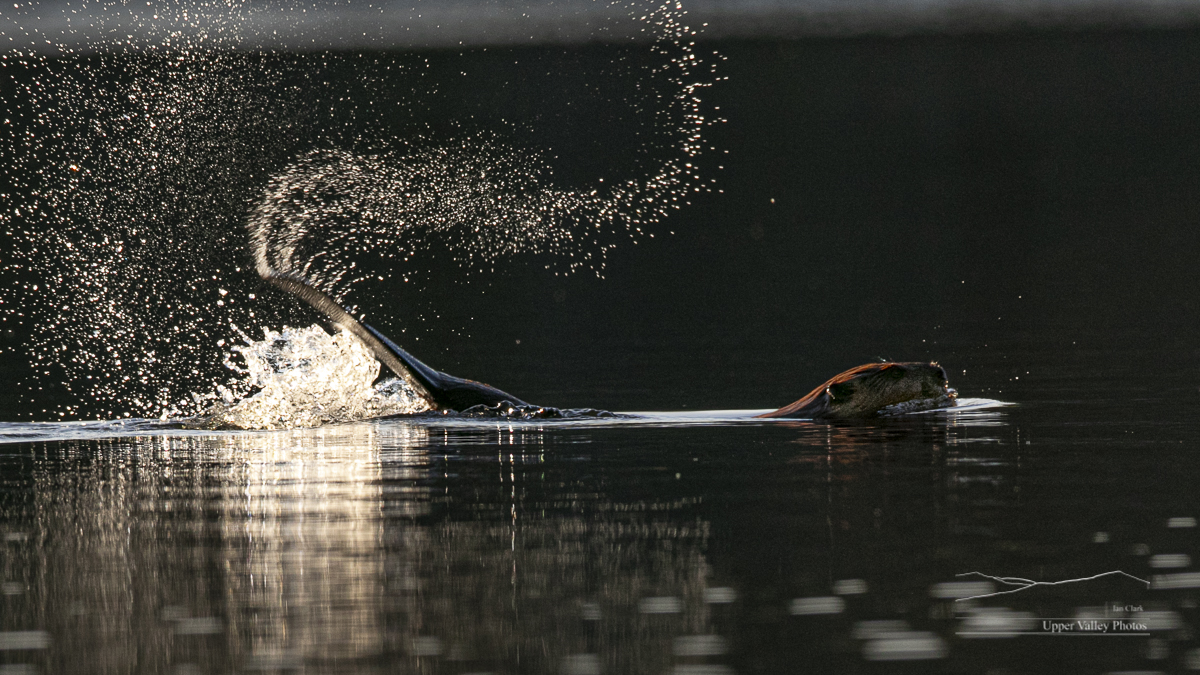
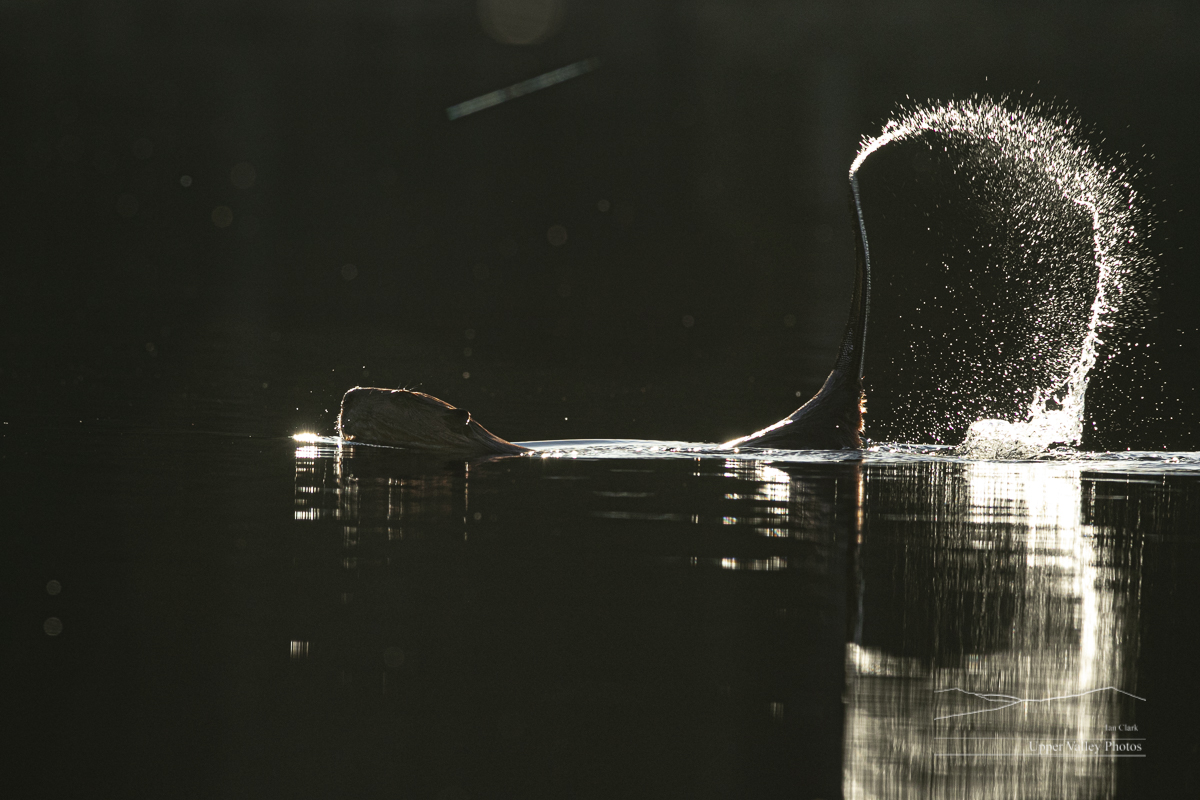
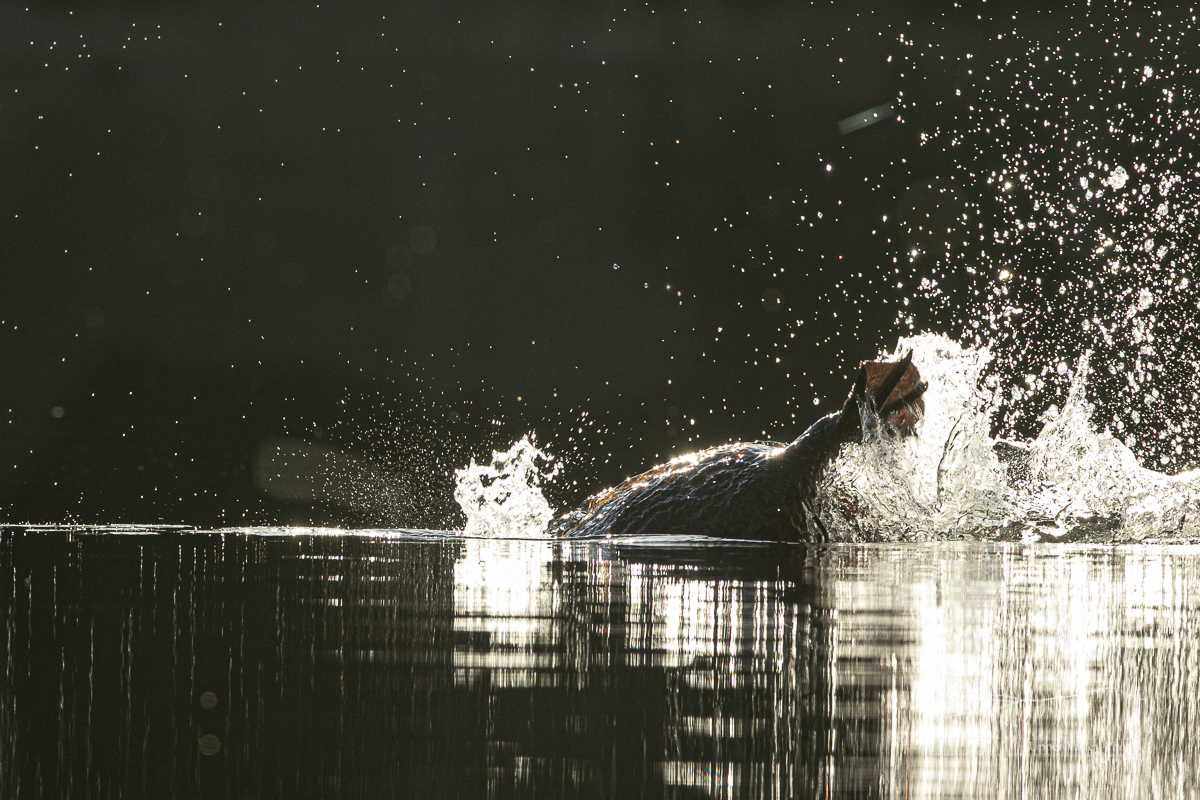
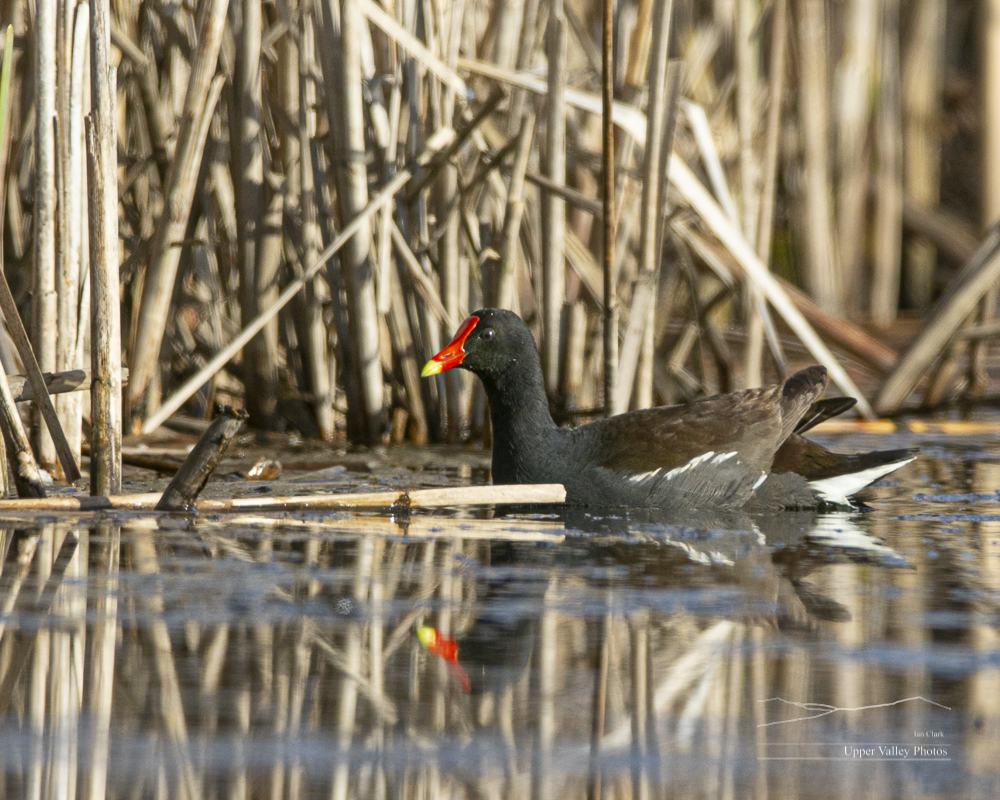
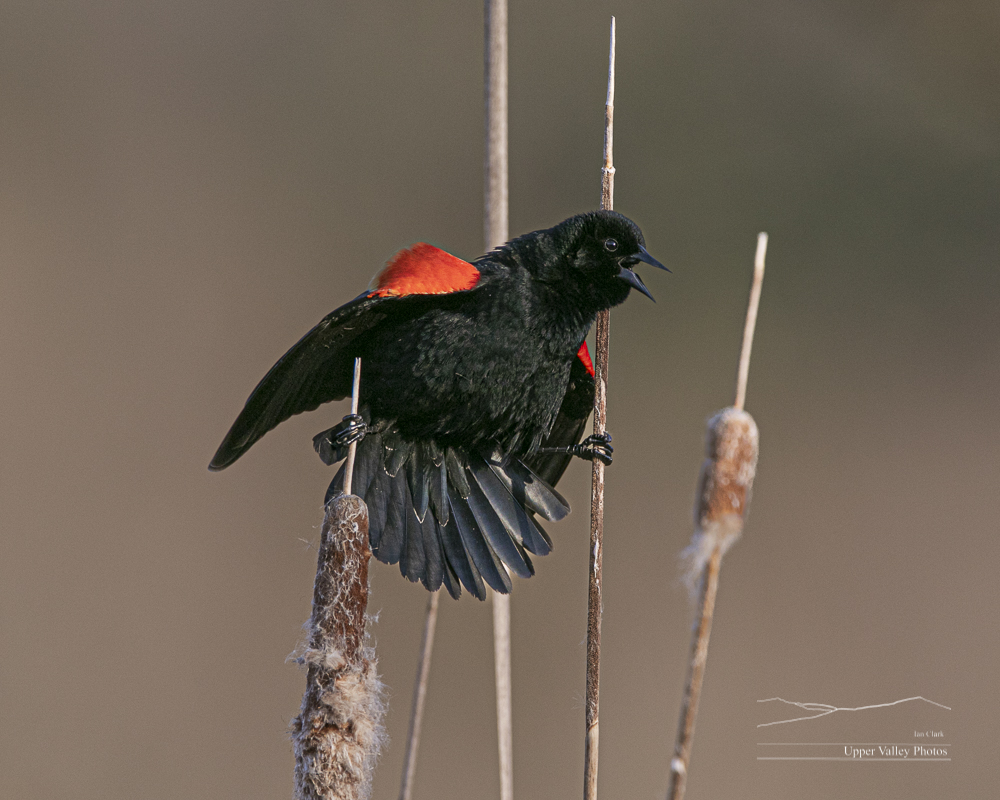
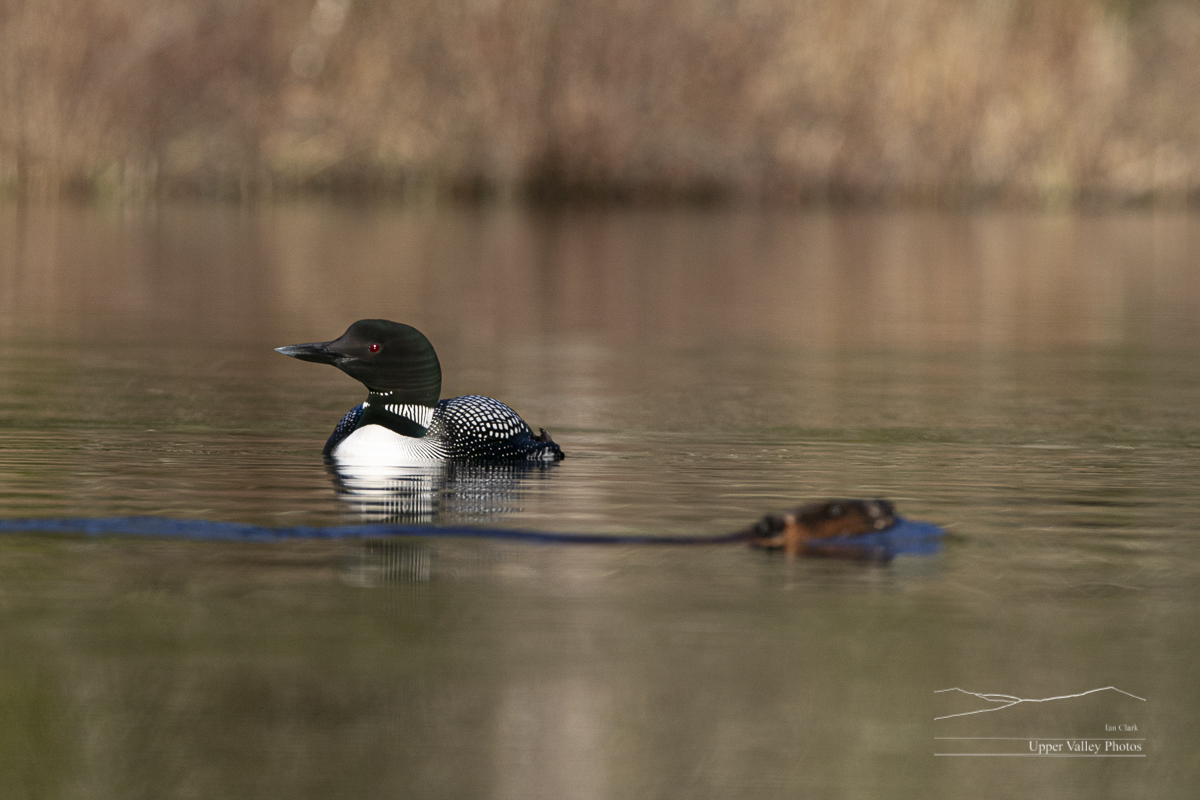
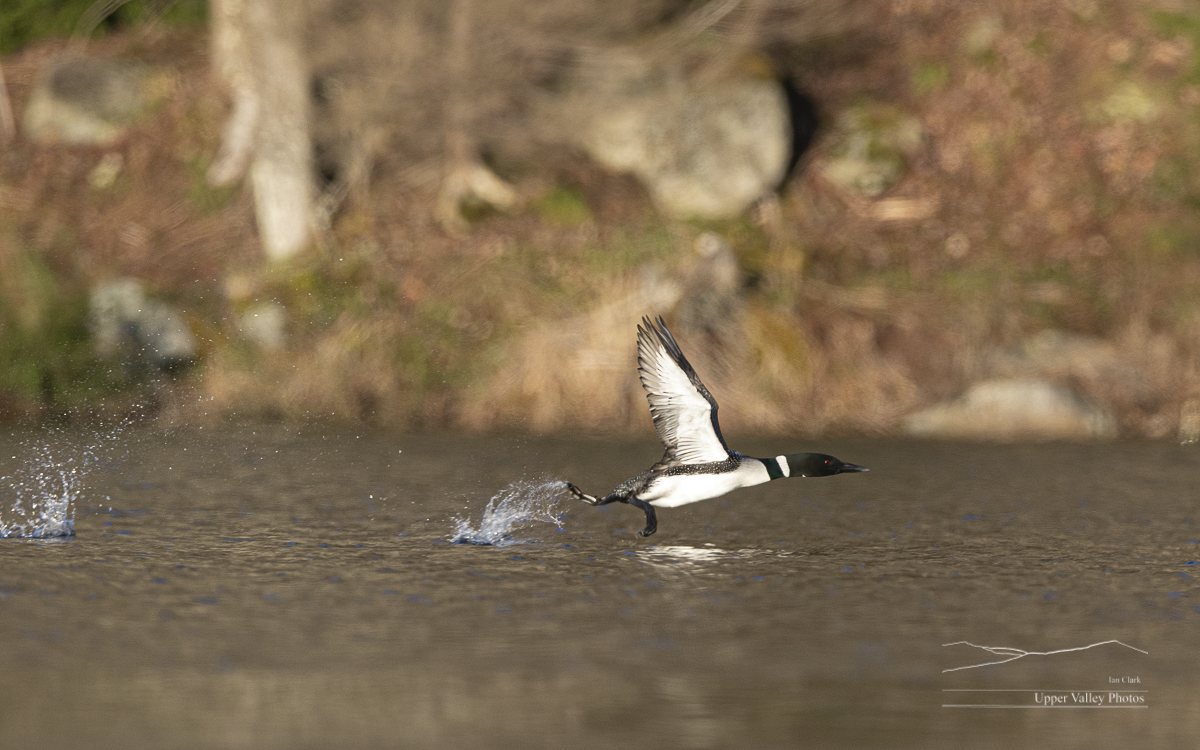
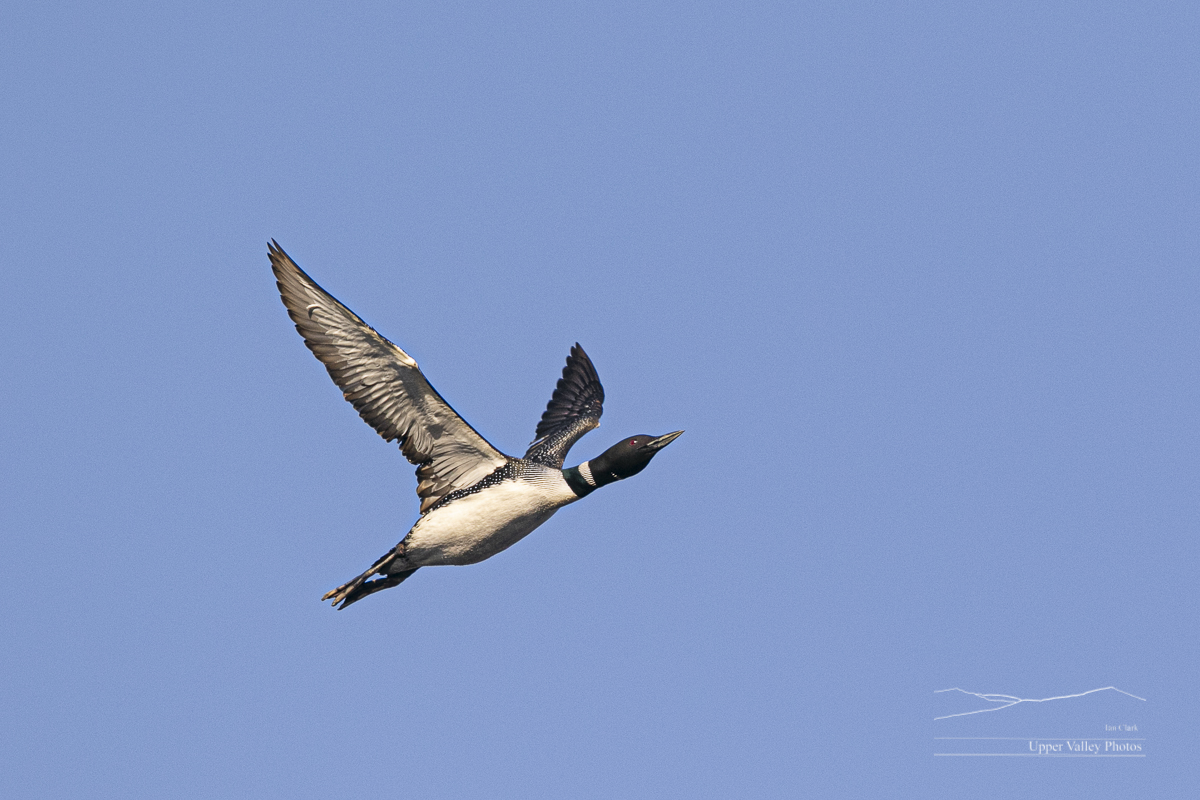

I’ll be following a couple loon families throughout the summer, along with other critters. Sign up for notifications to follow along.
